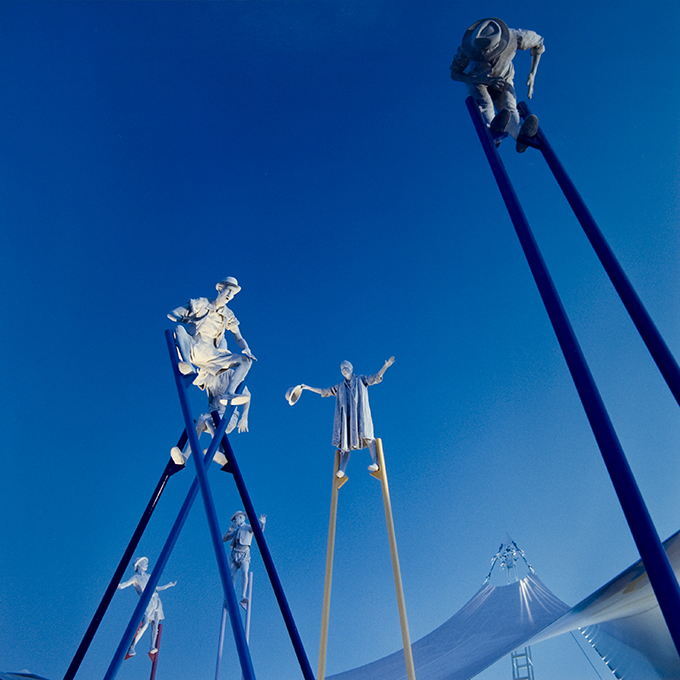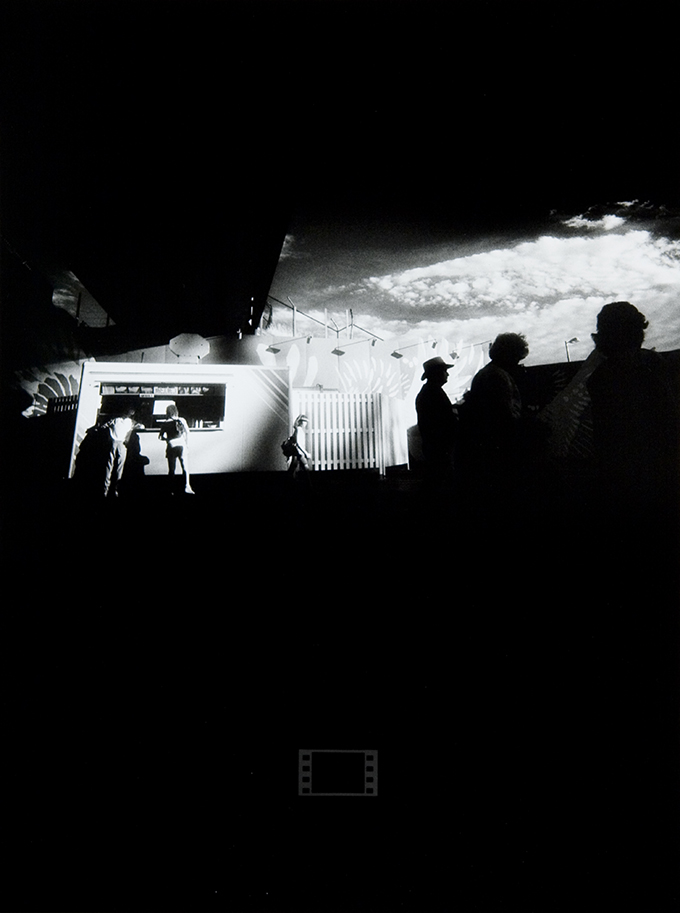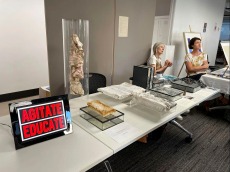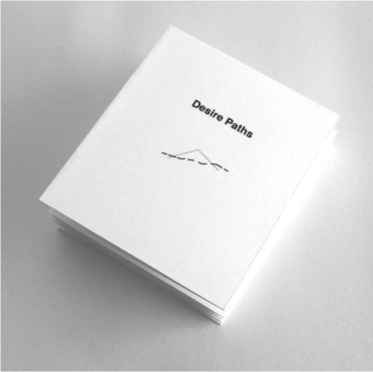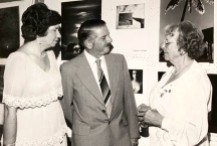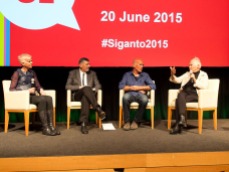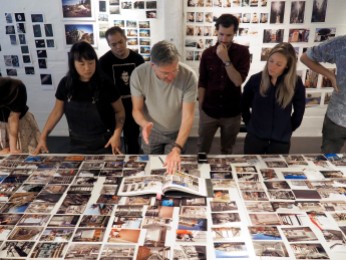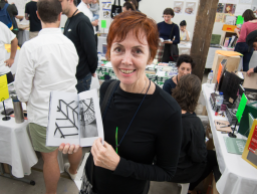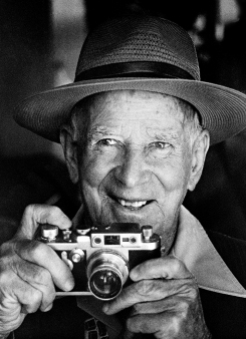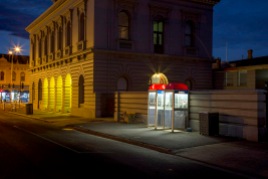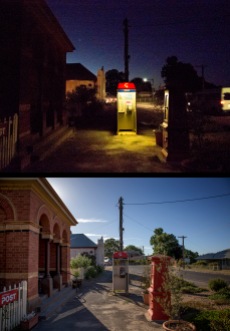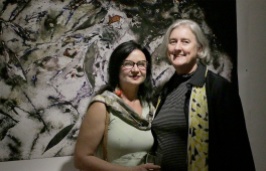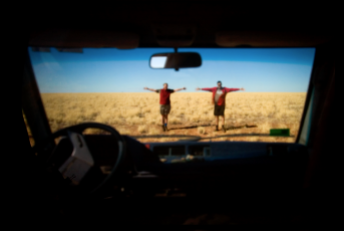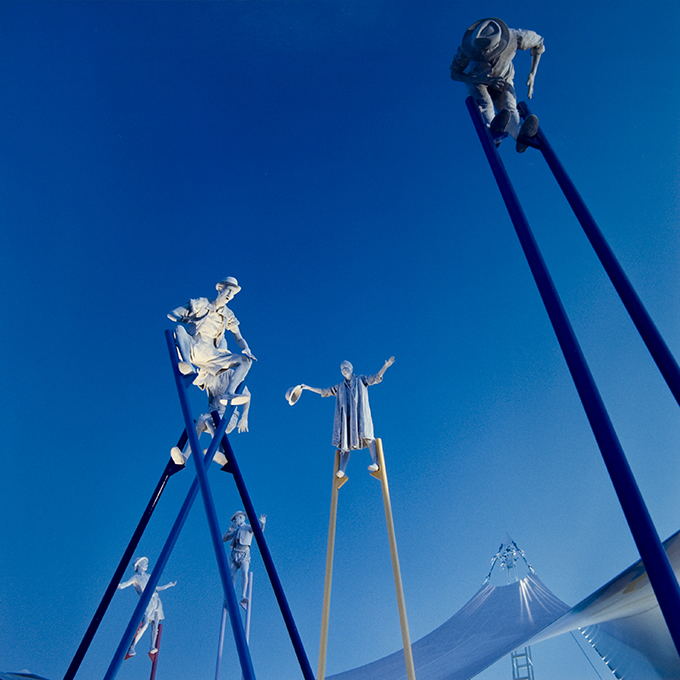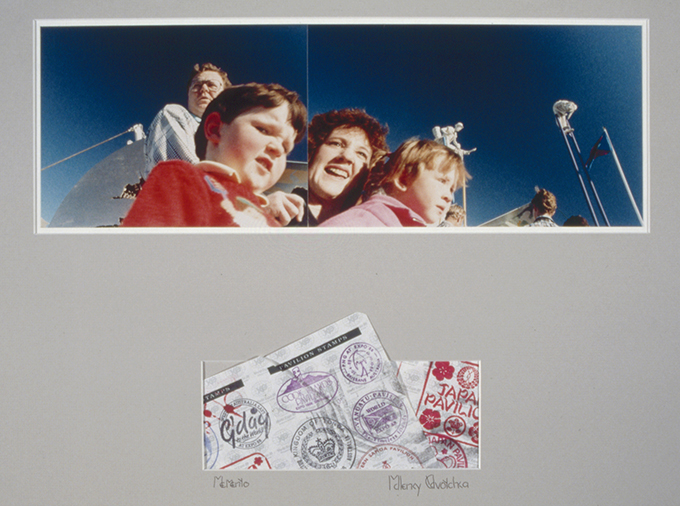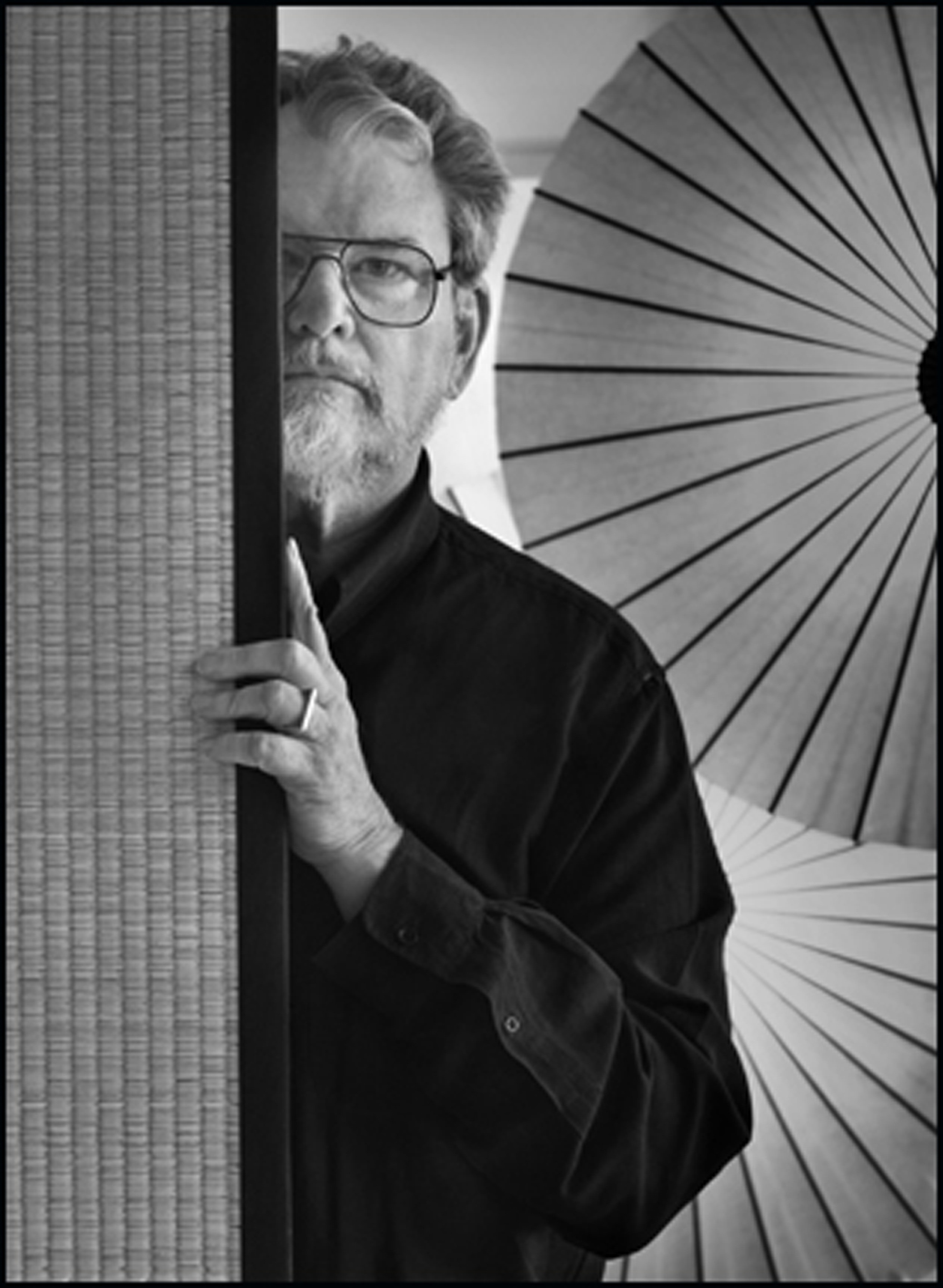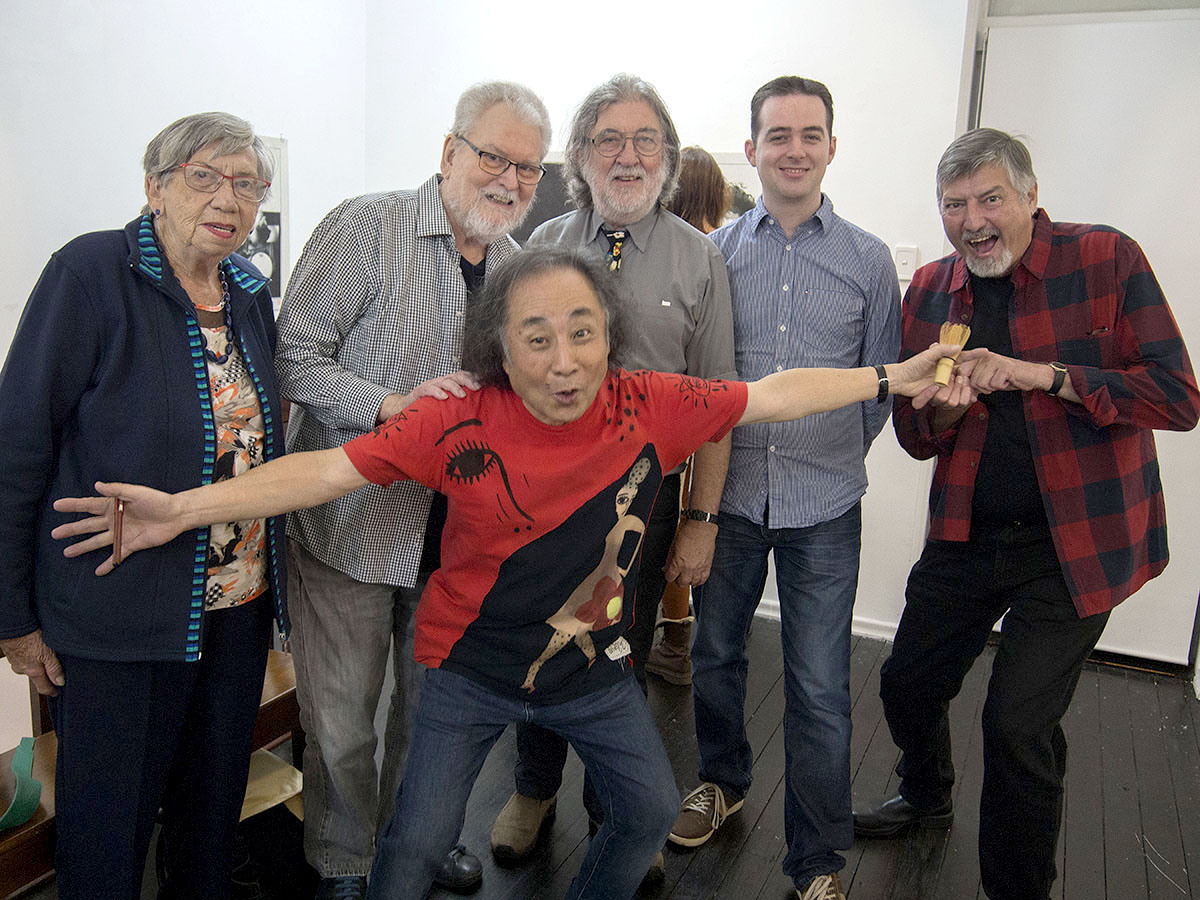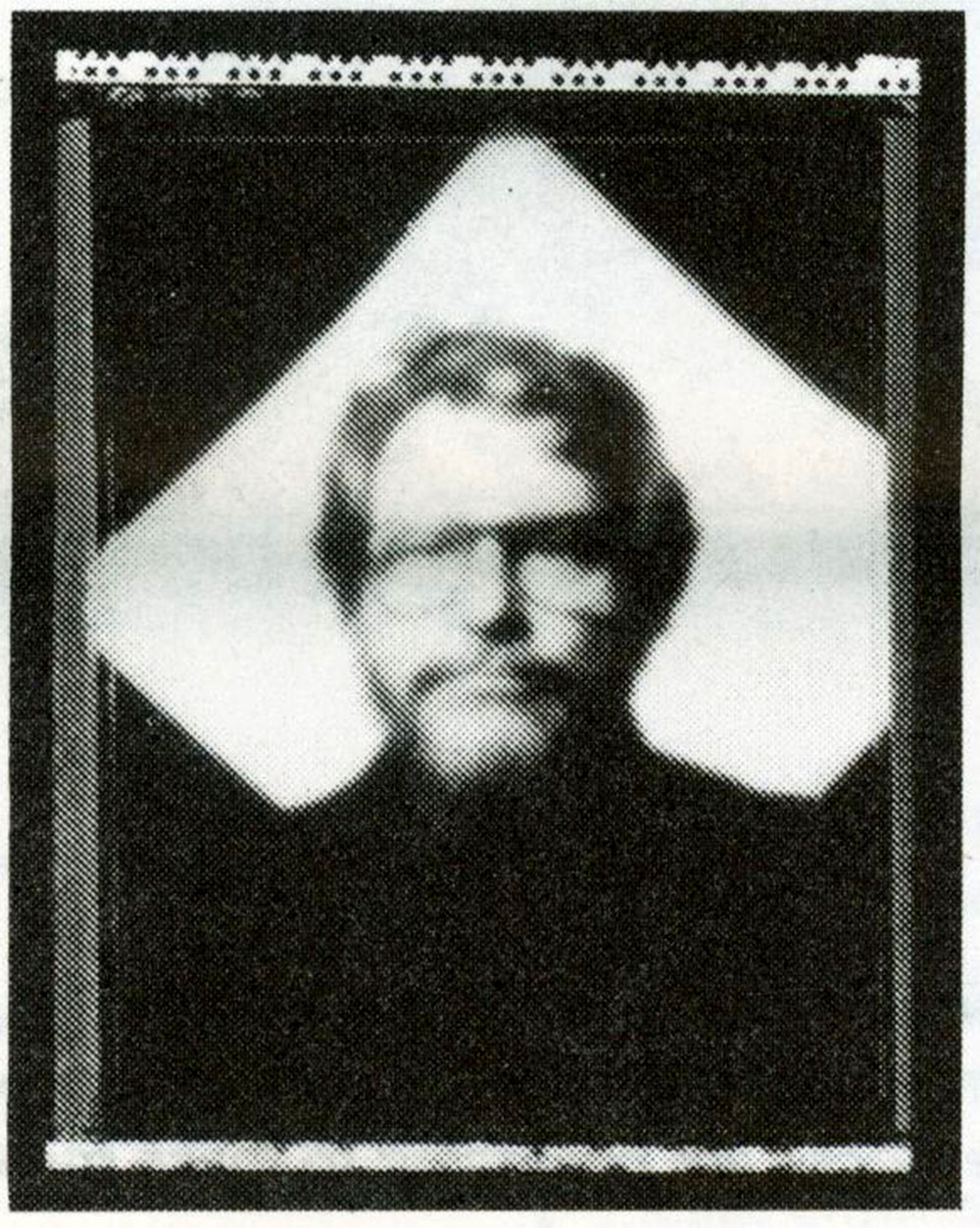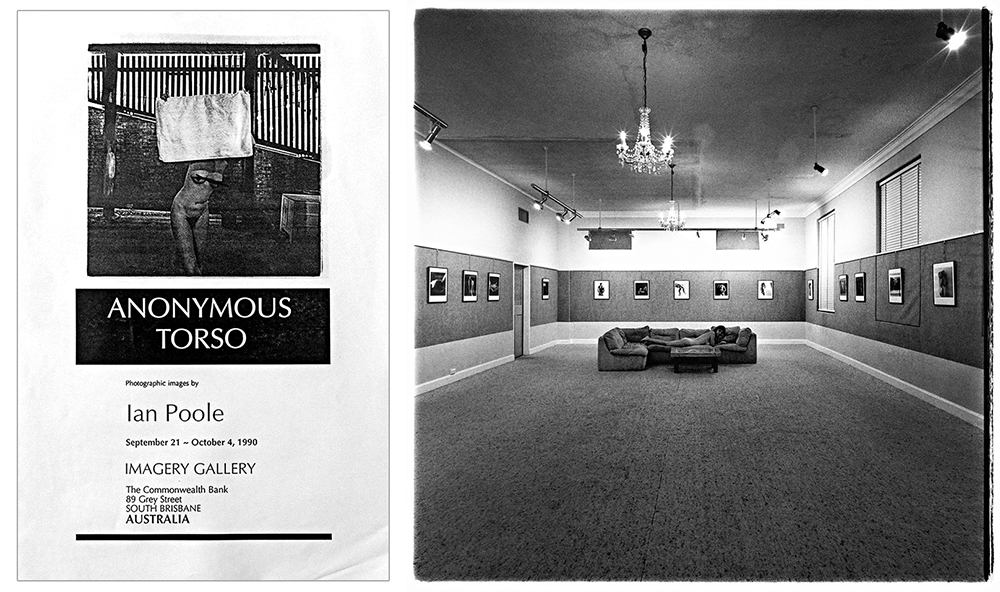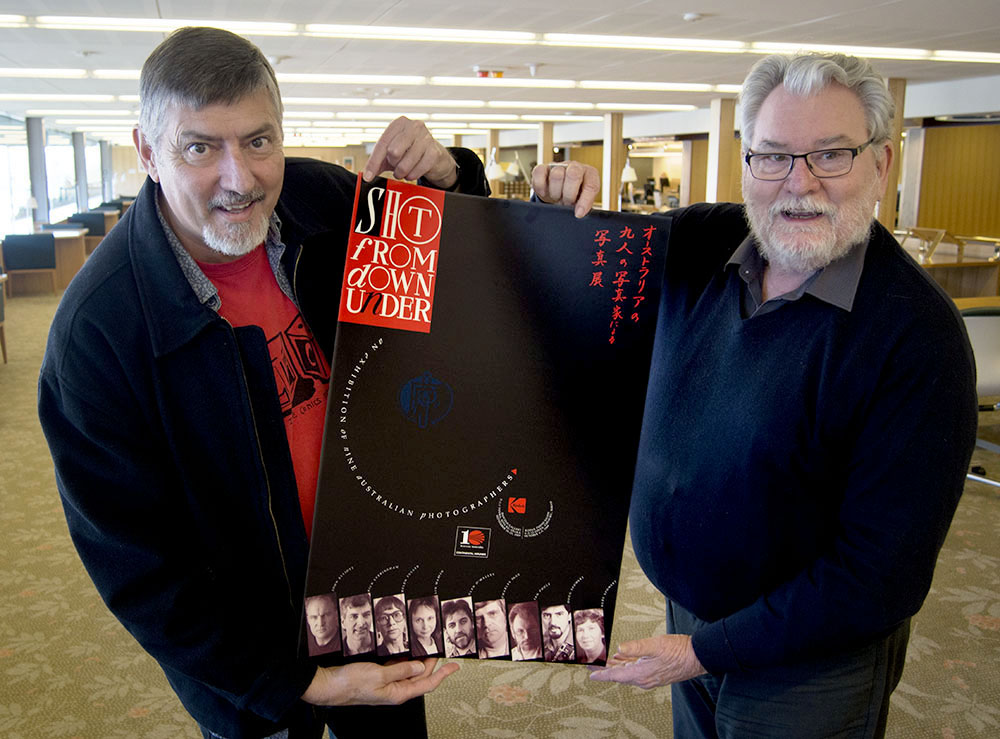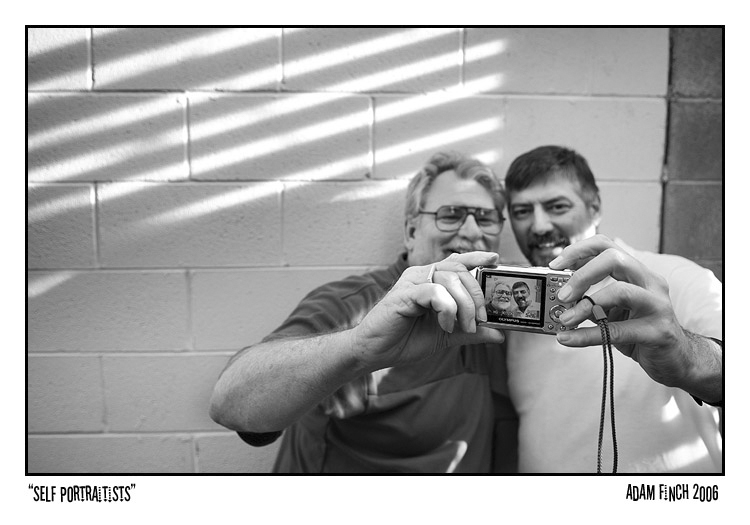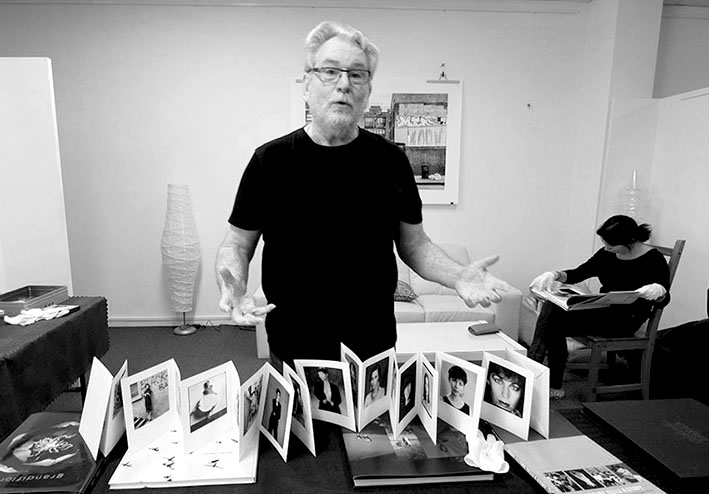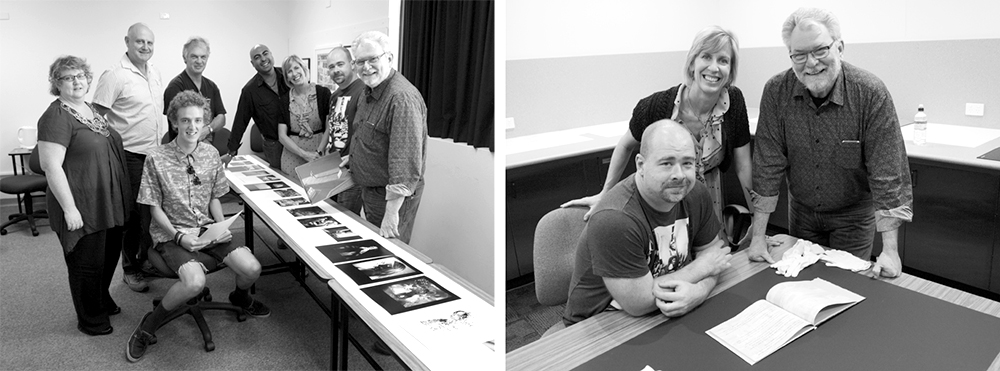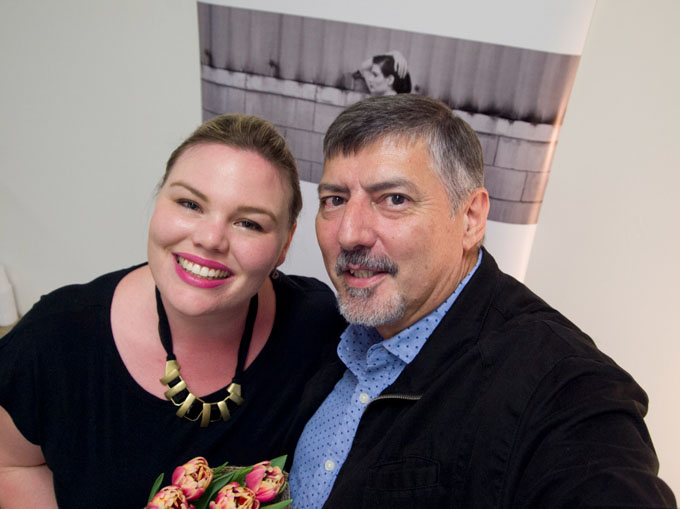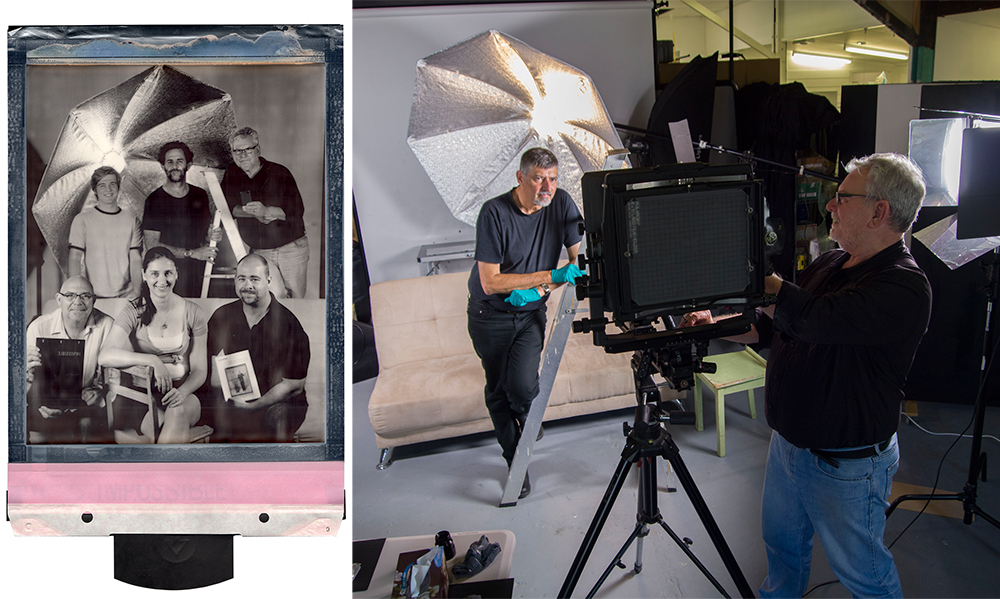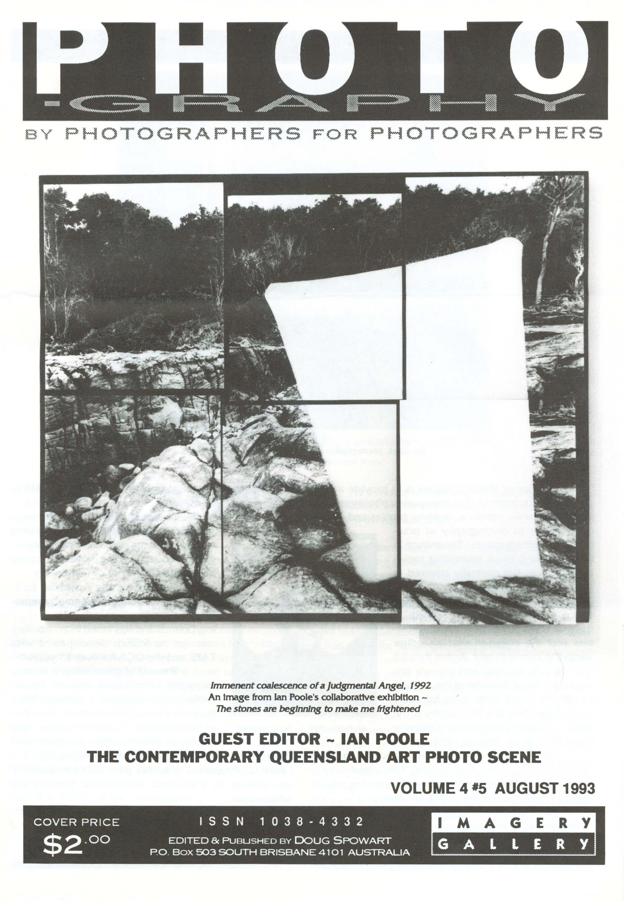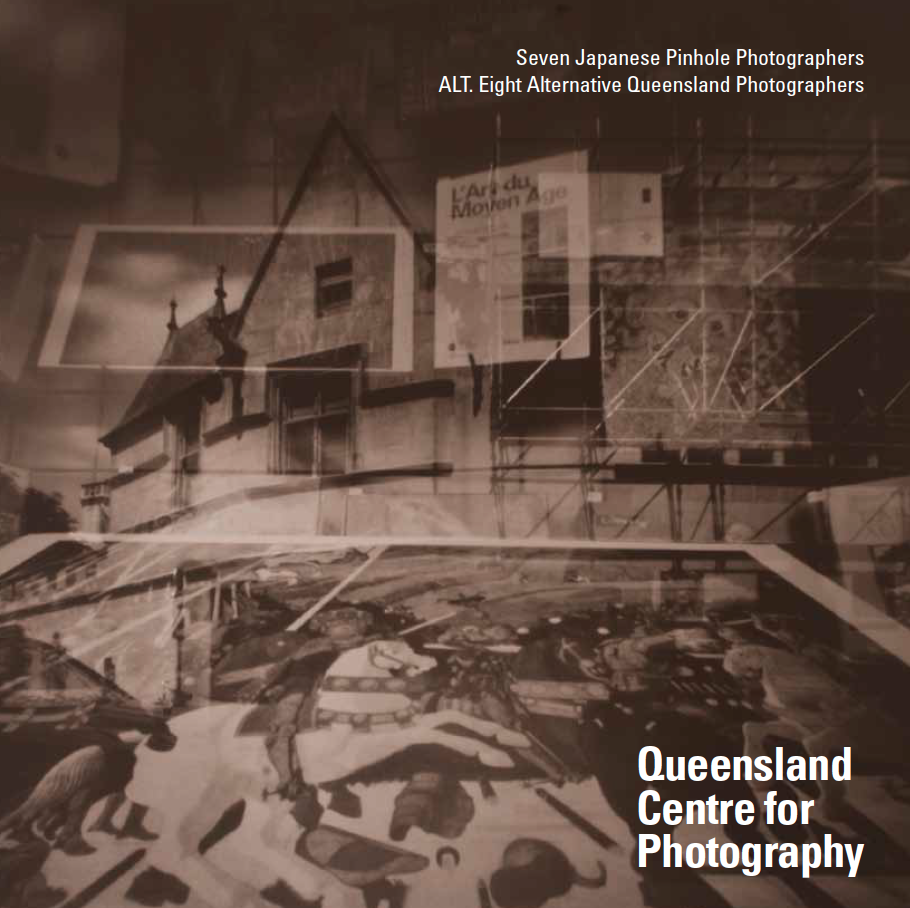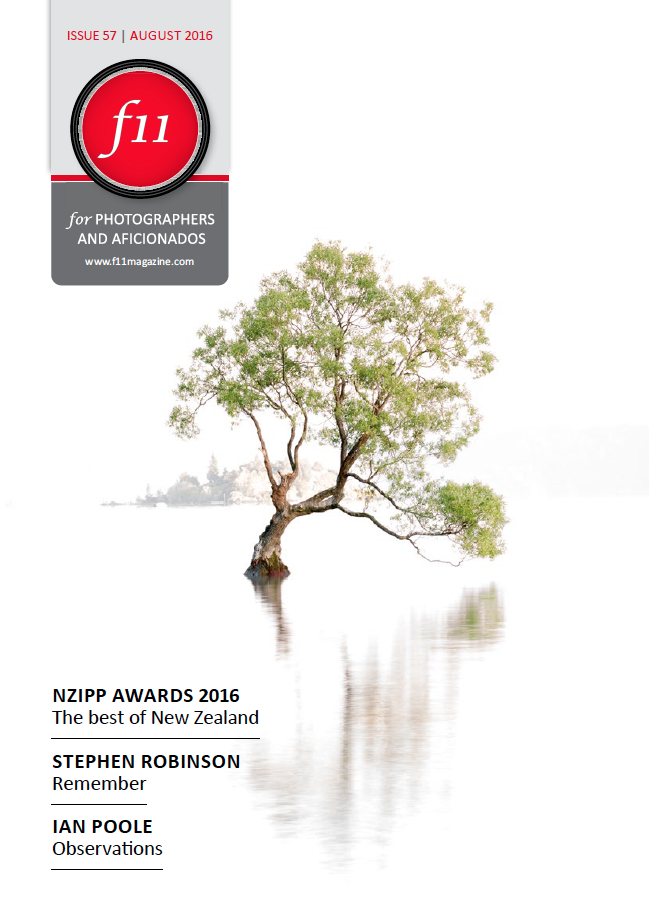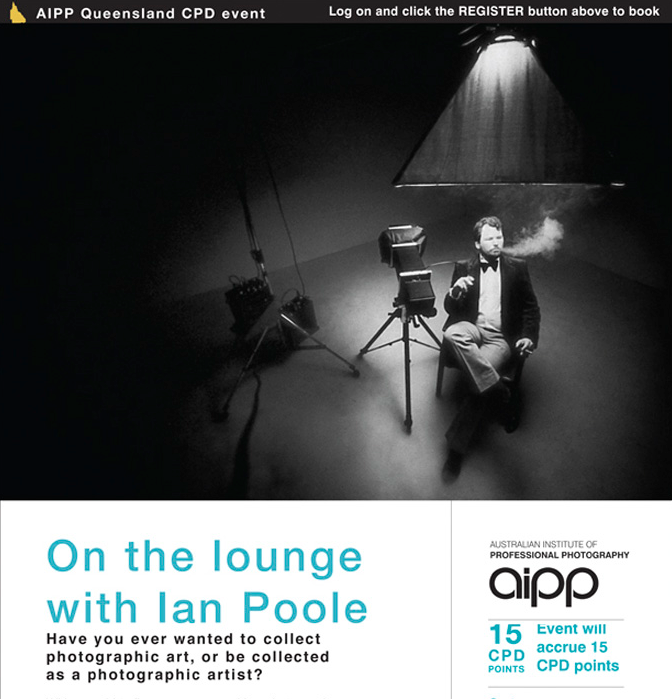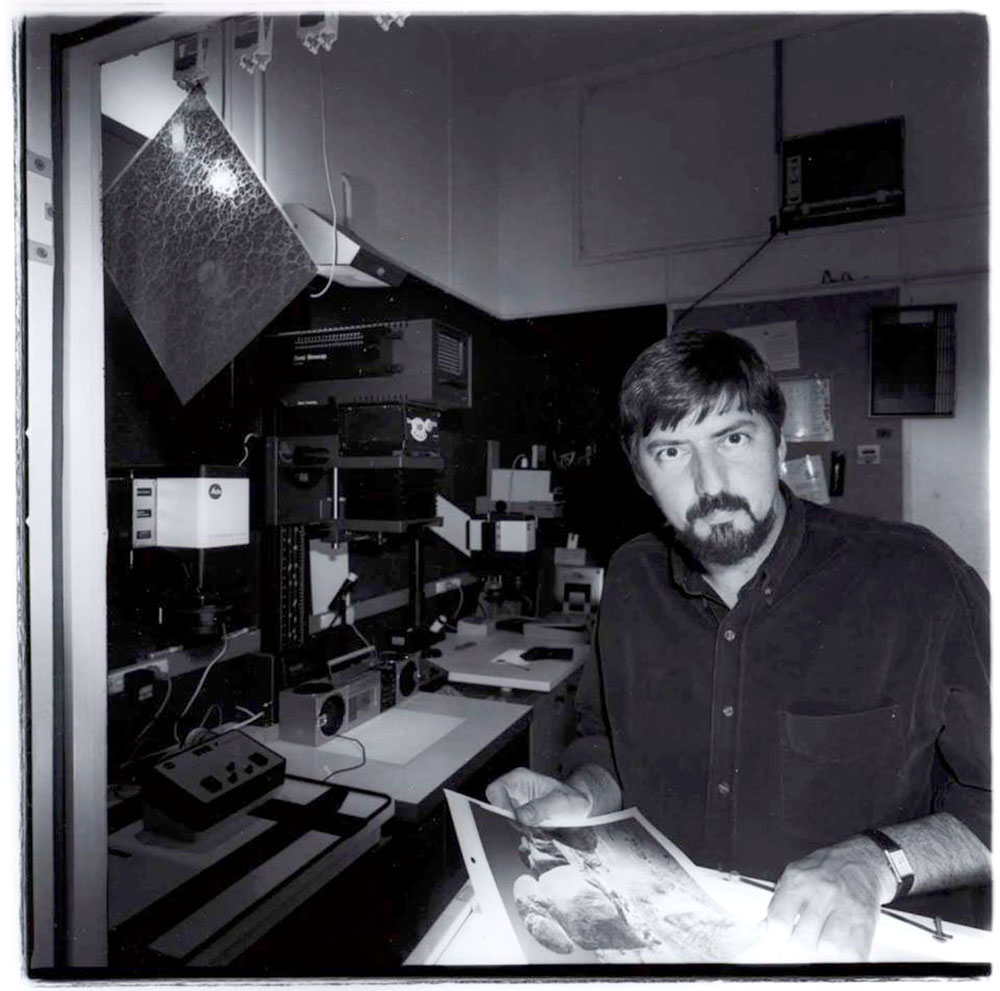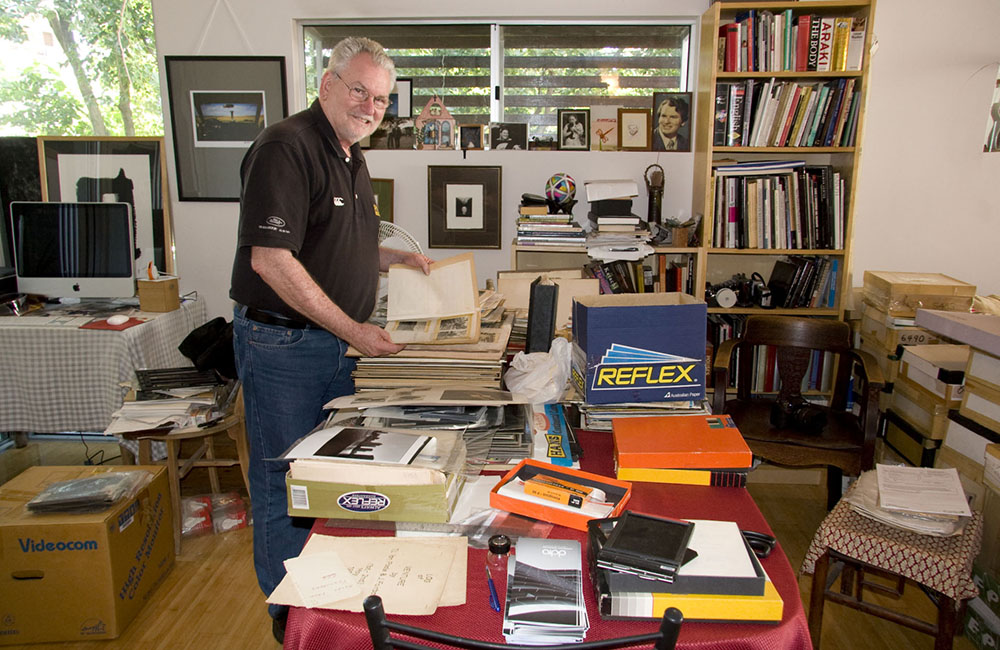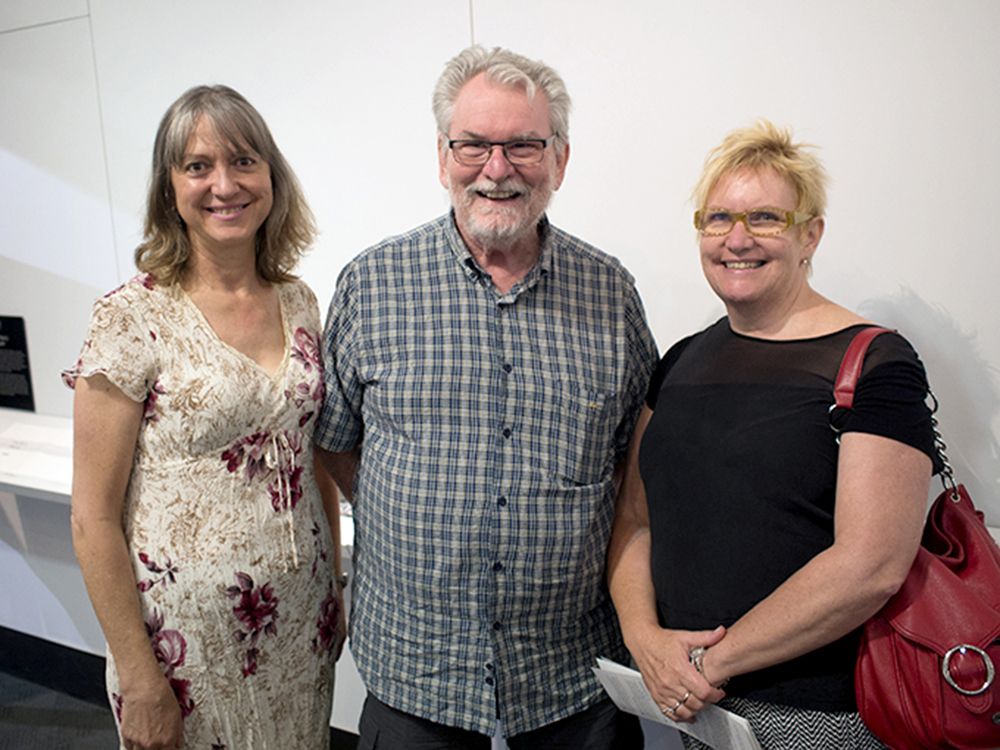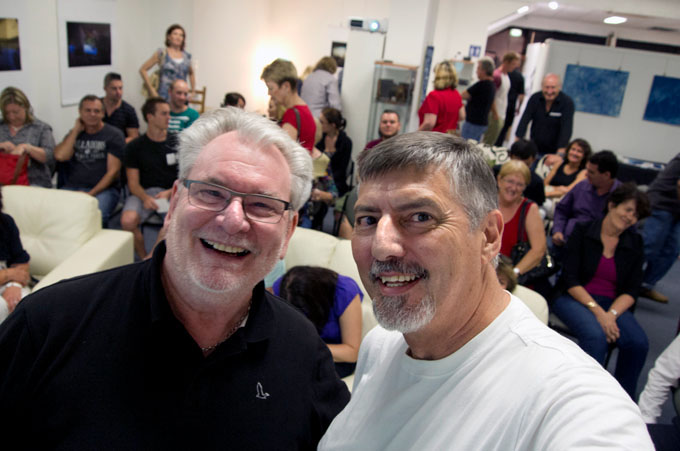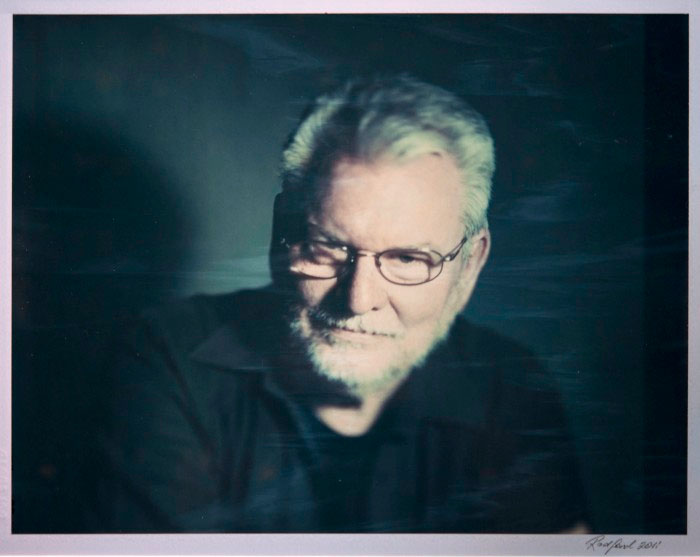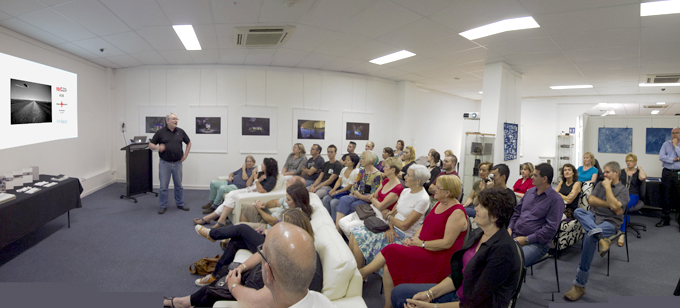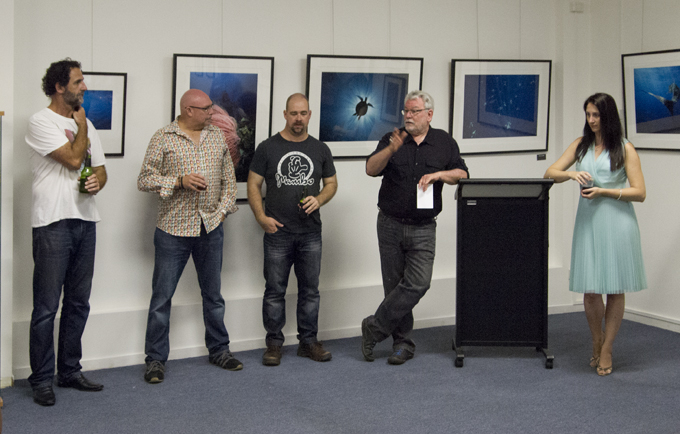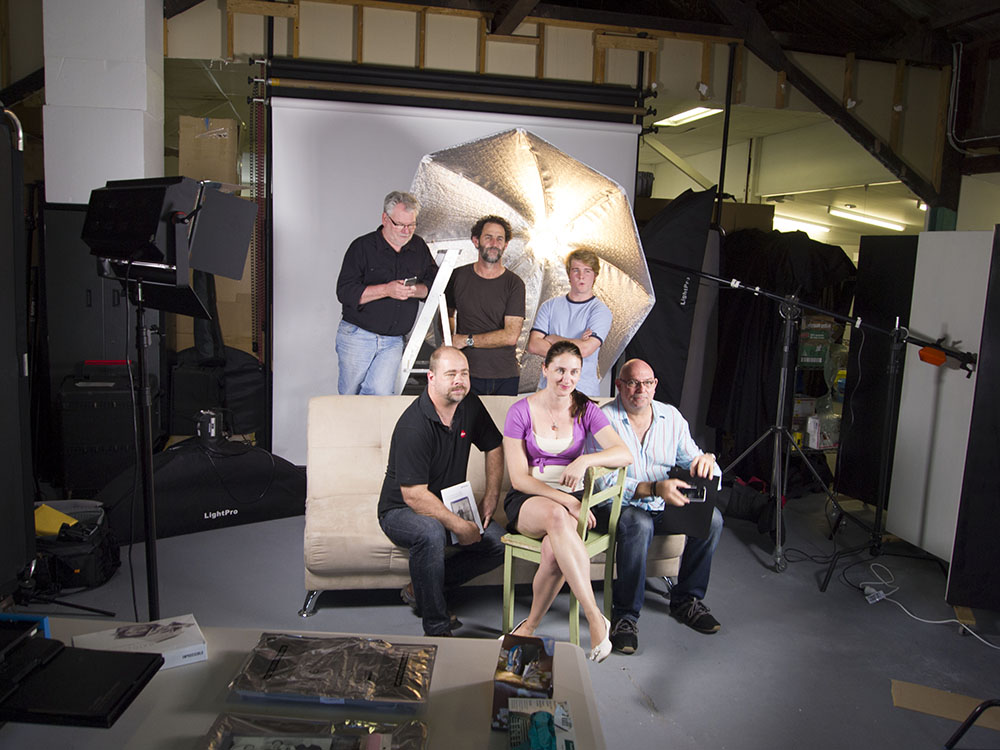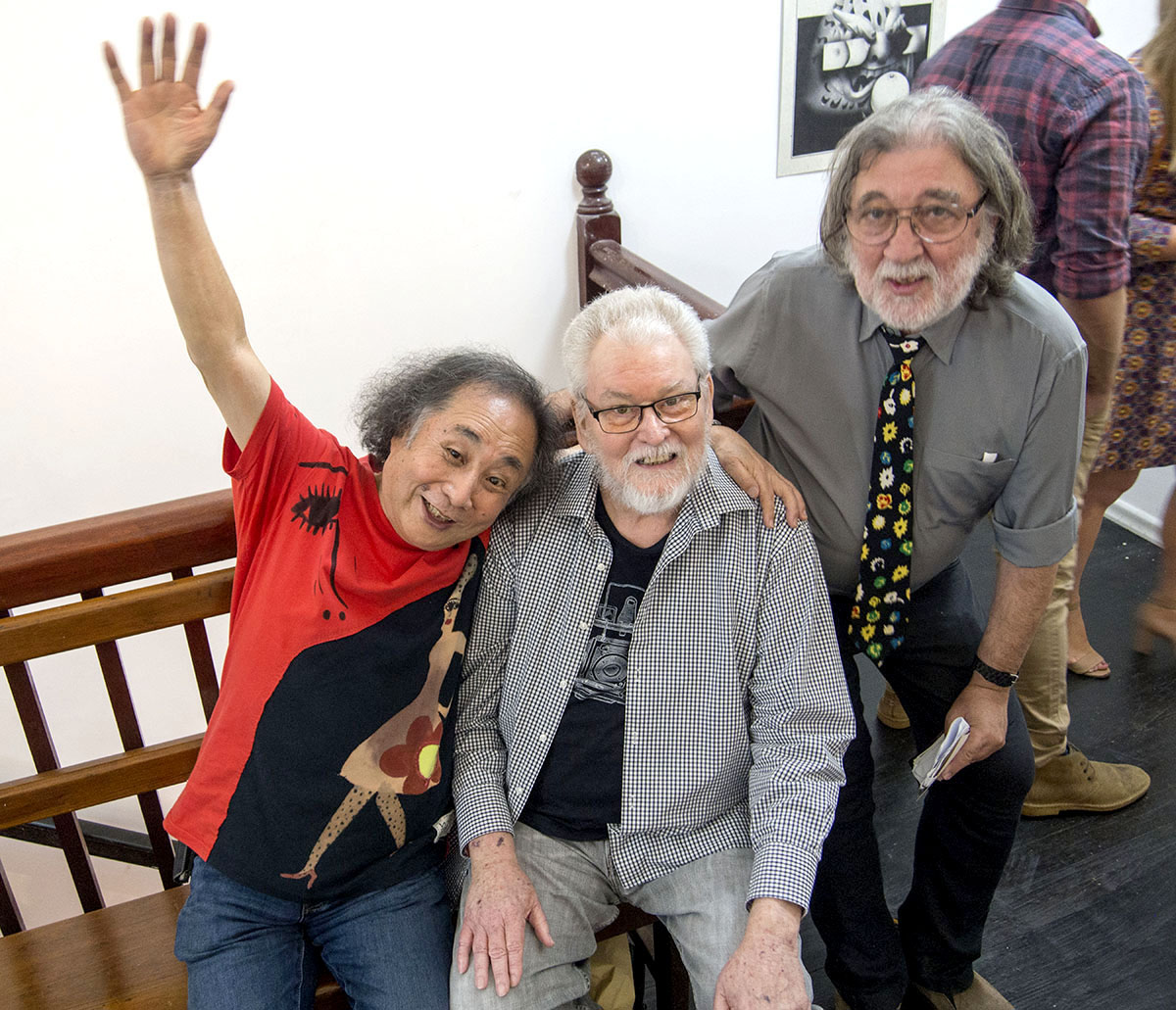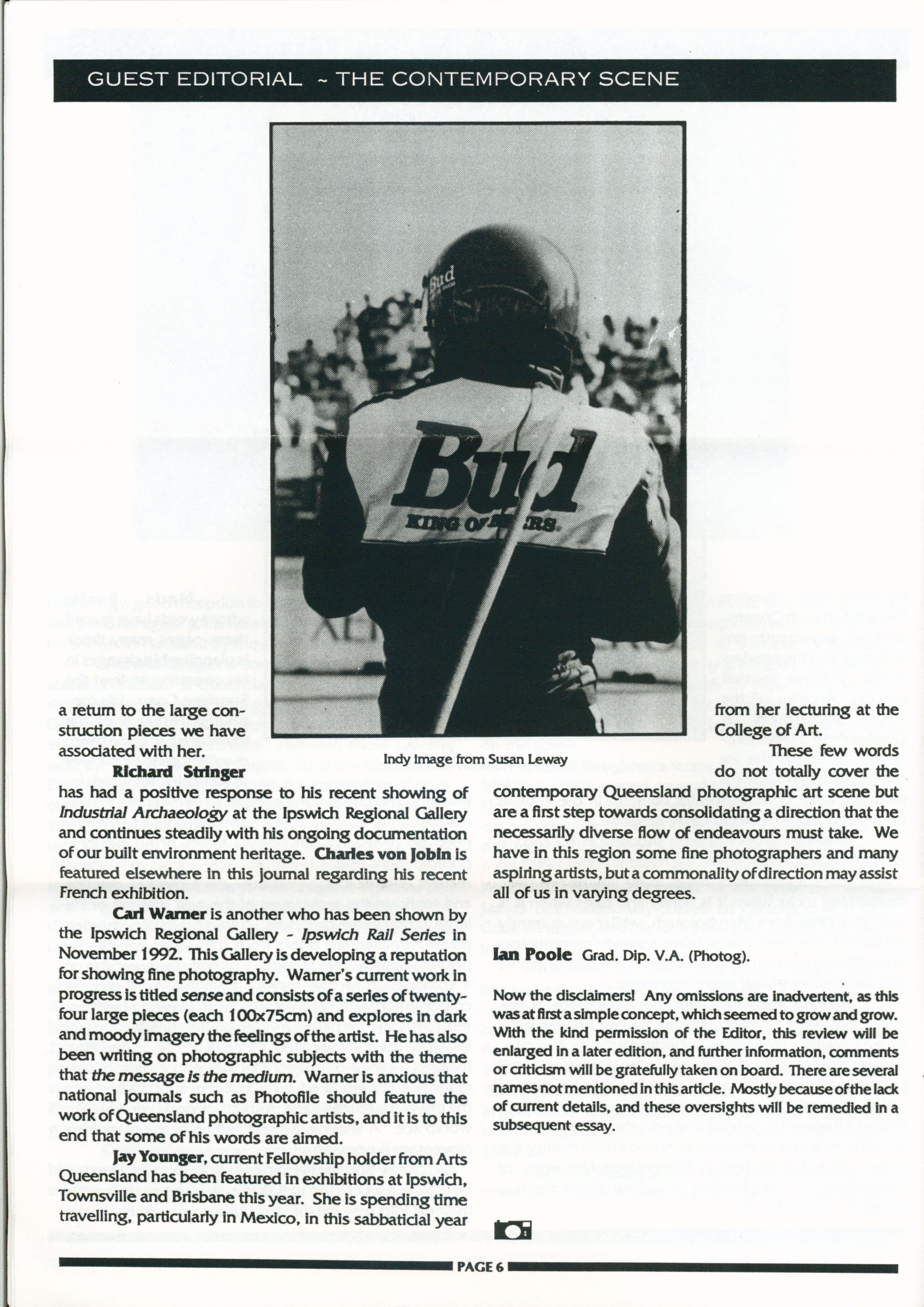Archive for the ‘Imagery Gallery’ Category
THE EXPO 88 PHOTO SHOW – 35 years on
.
.
EXPO 88 – A conceptual photographer’s document
.
At this time thirty-five years ago the people of Brisbane were beginning their EXPO 88 six-month adventure opportunity to encounter the world and its cultures and cuisine. EXPO 88 is often seen as a watershed in the transformation of Brisbane as a sleepy backwater into a vibrant cosmopolitan city of the world and, most certainly part of the 21st Century.
I had a season pass for EXPO 88 and created a personal body of work as a response to my experience of the event. As celebrations are beginning to hit the social media space I thought I would recollect on my WORLD EXPO 88 work.
.
Here is the back-story behind my 1988 project … The First & Last EXPO PHOTO SHOW
.
.
Background to the EXPO Project:
In 1988 I was a co-director, with my mother Ruby Spowart, of the Artist Run Space, Imagery Gallery that was situated on the corner of Grey Street and Fish Lane in South Brisbane. Our gallery was situated just a short walk from the EXPO site and I had been commissioned to work on the display installations in some of the major pavilions. I also had a season pass to EXPO to create a resource body of work as a conceptual response to this significant international event. My work as a photographer at this time has simpatico with Sol Lewitt’s 1967 manifesto on conceptual art:
In conceptual art the idea or concept is the most important aspect of the work. When an artist uses a conceptual form of art, it means that all of the planning and decisions are made beforehand and the execution is a perfunctory affair. The idea becomes a machine that makes the art. (Lewitt 1967)
WORLD EXPO 88 is now often seen as watershed in the transformation of Brisbane as a sleepy backwater into a vibrant cosmopolitan city of the world and, most certainly part of the 21st Century. While the adventure of encountering the world and its cultures and cuisine was to form lasting memories for some others may have recollections of the crush of interstate and overseas visitors, the nightly flamboyant fireworks displays and the inevitable queuing to visit everything from food stalls, to exhibitions and toilets.
The Concept and Methodology of the EXPO Project:
As EXPO 88 emerged I recognised an opportunity for the creation of a new body of work investigating other approaches to my working methodology. For many reasons at this time I often worked with invented alias identities under which I could create new work. These identities were quite complete in that they had refined working styles, subject matter, presentation forms, signatures and artists statements. These personae enable me to challenge and critique the popular curatorial and academic perceptions of documentary and art photography. It also enabled me the freedom to explore and develop new personal directions through concepts of documentary photography.
When EXPO offered season passes I attended the passport portrait session with pair of fake glasses and a fictitious name, Eugene Xavier Pelham Owens, the initials and the signature spelled ‘EXPO’. With this first step, I now had the creative space to explore EXPO and the surreal cultural experience it represented. In time this project grew into an extensive body of work from 6 different personae all representing their manufactured personal responses to the EXPO experience.
The First & Last Photo Expo Show exhibition was opened on April 1st 1989 (April Fools Day), it was reviewed positively in the Courier Mail (see attached) and sales of work resulted from people who found the photographs reconnecting them with their experience of the event.
The 1980s was a particularly productive period for me as I created a trilogy of exhibitions: Tourists Facts, Acts, Rituals and Relics (Araluen Art Gallery), Icons & Revered Australiana (Imagery Gallery & Rockhampton Library Gallery) and The First & Last Photo Expo Show.
Dr Doug Spowart
.
Lewitt, S. (1967). Paragraphs on Conceptual Art. Artforum 5: 8.
.
HERE IS A SELECTION OF WORKS FROM MY EXPO’88 PSEUDONYMS
.
.
A PDF PRESENTATION CONTAINING MORE IMAGES IS AVAILABLE HERE: EXPO-SPOWART-v3
.
.
.
Images and text © Doug Spowart Design of the Poster: Trish Briscoe
From the Doug Spowart Personal Art Archive 1953-2014
..
.
This work is licensed under a Creative Commons Attribution-NonCommercial-NoDerivs 3.0 Unported License.
.
ARTISTS BOOK BRISBANE: Print Culture Fiesta – Our Presence
.

ABBE panorama PHOTO Helen Cole
The Artists Book Brisbane Event, known as ABBE held their 4th event, a Print Culture Fiesta, on November 26 at the Queensland College of Art’s Web Centre. We were there not so much in our physical form, but rather as a table presenting our latest artists book and photobook publications.
ABBE events were initiated at the Griffith Centre for Creative Arts Research in 2015. This year’s ABBE was expanded to embrace all aspects of print culture. Via a selection process around 30 small publishers, artists and designers attended the event to share their creative works to an audience of peers, collectors and those who just love to see and handle art in the print form.
Helen Cole in her library
While we were unable to attend, well-known artists book identity Helen Cole presented our books at the fair. Fellow artists book maker David Symons also was successful in his application for a table and shared the exhibition space next to us.
Other participants included: Alethea Richter, Ana Estrada, Annique Goldenberg, Bad Teeth Comics, Bronwyn Rees, cobalt editions, Cooper+Spowart, David Symons, Ebony Willmott, Geoff Burns, Glenda Chaplyn, Grey Hand Press, Helen Sanderson, IMPRESS, Ivy Minniecon, Jennifer Long, Kanako Enokid, Louis Lim, Maikki Toivanen, Mat Adams Comics, Matt Newkirk, Michael Phillips, Noshyacking Press, Peter Breen, Rachel Dun, Samantha-Jane Windred, silverwattle bookfoundry, Sue Poggioli, Swing Moon and the NightLadder collective.
Contacts and friends who participated in, or attended ABBE commented that it was a great opportunity to see all the artists works, meet up with friends and network with peers. We were also thrilled to be able to show our work as most of these books were only recently made this year.

abbe2022 Logo
SOME IMAGES OF THE EVENT courtesy of Helen Cole and David Symons
.
.
OUR WORKS PRESENTED @ ABBE
Our presentation consisted mainly of 5 recently resolved and made by us. The main books are two from a continuing series relating to concepts surrounding ‘desire paths’ and follow on from an artists book made by Victoria for the Melbourne Art Book Fair in 2019. To see more information about this book CLICK HERE
The two new books Desire Paths: Navigating the path and Desire Paths: Stepping off the concrete take on an autobiographical response to our lives over recent years.
To see more information about Desire Paths: Navigating the path CLICK HERE
To see more information about Desire Paths: Stepping off the concrete CLICK HERE
As a result of relocation to Benalla in north east Victoria last year we have been inspired by our new location to create two books – one, a field report by Victoria, dealing with the natural environment and the other by Doug about walking and the suburban architectural space.
To see more information about Victoria’s Visual Field Notes book CLICK HERE
To see more information about Doug’s Walking Urban Ground book CLICK HERE
The 5th book is another in the continuing Artist Survey series for the Centre for Regional Arts Practice. This latest book relates to concerns and preparations for the regional artist to sell their home. At ABBE a selection of the final copies of the earlier 22 editions of these C.R.A.P. books. To see more information about this book CLICK HERE

COOPER+SPOWART ABBE Catalogue cover
DOWNLOAD OUR ABBE CATALOGUE HERE
We would like to acknowledge and thank Helen Cole and David Symons for their support in presenting our work at ABBE and also to the QCA team that made this opportunity happen …
Looking forward to the next ABBE … We’ll be there …
.
ABBE 2022 PARTICIPANTS …

ABBE-Participants list
.
FIND OUT MORE ABOUT ABBE …
https://www.instagram.com/abbe_artistsbooks/
https://linktr.ee/abbe_artistsbooks

.
.
.
.
.
..
.
.
EULOGY: GRAHAM BURSTOW – A personal view
.

Graham Burstow – Self Portrait – Viewer & the Viewed show at QCP 2006
Recently I have been working through my extensive archive, and Graham Burstow‘s name kept surfacing. I found a piece of correspondence from nearly 20 years ago when I was asked by the Australian Honours Secretariat to support a nomination for Graham for an Australia Day Honour. At the time I was the chair of the AIPP Education Sub-committee and had previously provided letters of support for photography related nominations.
.
Even though 20 years has elapsed since being written, the words still hold true. We should recognise that Graham continued and expanded his connection with the great love of his life – photography.
.
I am honoured to be able to present this commentary on our friend – Graham Burstow OAM
.
.
LETTER DATED: August 3, 2003
Australian Honours Secretariat,
Government House,
Canberra ACT 2600
Subject: Graham Burstow
Dear Secretariat,
I have known Graham Burstow since the late 1960’s. He has been a significant inspiration due to his dedication to the art of image-making, but also his support of many structures that shape photography in this country. While I make mention of this man’s influence on my life, his works and work have touched and inspired thousands of Australian and international photographers for nearly 50 years.
Graham Burstow’s main sphere of interest is in the camera club movement. He has held numerous positions within the Australian Photographic Society including national President, Chairman of the Print Division, keynote speaker and mentor. Since 1959 he has held positions within the Toowoomba Photographic Society (one of the oldest such groups in Australia). Burstow has been Chairman of no fewer than 6 national and international exhibitions of salon photography.
In his hometown of Toowoomba he has each year coordinated several national art photography awards including the McGregor Prize for Photography at the University of Southern Queensland, and the Heritage Photographic Award at the Toowoomba Regional Art Gallery since 1977. In my opinion Graham Burstow has a hand in, and a hand to offer, for anything photographic from presenting lectures or judging awards for students at the Southern Queensland Institute of TAFE where I work, or assisting community groups including senior citizens groups and Lifeline.
Burstow’s work appears regularly in magazines and publications including his self-published book “Touch Me”. In 1984 I curated a substantial survey of his work at Imagery Gallery in Brisbane. His work has been shown in salon exhibitions world-wide and in major institutions like the Queensland Art Gallery.
Graham Burstow has received significant honours for his photographic work and his service to photography including the following: Associateship and EFIAP(service) of the International Federation of Photographic Art, Associateship of the Royal Photographic Society, Associateship of the Photographic Society of America and a Fellow and Honorary Fellow of the Australian Photographic Society.
In a review of his book “Touch Me” I commented that:
Burstow’s work is about sharing his vision with the world. It represents a lifetime of photographic exploration of the art. Burstow’s work is not just about camera club pictorialism but also aspects of the human condition and the humour of everyday situations. This book is not intended as a catalogue for purchase, it is rather a communique, the photographer reaching out with the world in his photographs inviting the viewer to touch the experience portrayed.
Diversity of style and subject is apparent in Burstow’s journey in photography. It seems as if he had walked alongside Max Dupain at the beach, been with Wolfgang Sievers at the building site, shared an impromptu moment with Henri Cartier-Bresson, a portrait session with Arnold Newman, some personal introspective moments with Nan Goldin, and an adventure with Frank Hurley.
Australian photography would be greatly diminished if it were not for the contribution of this generous and modest man – I have great pleasure in supporting his nomination for the Order of Australia.
Yours faithfully,
Doug Spowart M.Photog, FAIPP, Hon.FAIPP Chair of the AIPP Education Sub-committee
A SELECTED COLLAGE OF IMAGES FROM GRAHAM’S LIFE
Click on the image to enlarge the view and see the full caption
SOME WORDS FROM GRAHAM …

ACL presentation media at Cobb & Co Museum Toowoomba 2021 PHOTO Doug Spowart
.
For an insight into how he felt about his life in photography, an event in 2021 at the Cobb & Co Museum recorded by the Chronicle Newspaper (paywall) might provide an answer. Graham was being awarded a Life Membership of the Australian Cultural Library (ACL) by the director Steve Towson. In a video interview he was to comment that he had been photographing for 73 years. He also added:
When you look at the things you can do to keep your mind occupied and increase the length of your life, photography is nearly always near the top of the list.
It keeps your mind busy and even when you are not photographing you are probably thinking about something you want to photograph.
I think it’s worked in my case … I enjoy it, met a lot of wonderful people, it’s been great to get to go to a lot of interesting places… *
.
ONE FINAL STORY FROM GRAHAM …
In my collection I have a Graham Burstow photograph entitled No 2 The Day Ahead. For me, at this time it is a poignant image …
.

.
FIND OUT MORE ABOUT GRAHAM BURSTOW …
http://www.grahamburstow.com.au/
*Tribute for Toowoomba photographer icon Graham Burstow Stephen Burstow John Elliott | The Chronicle (Paywall story)
Thanks to Bev Lacey for the ACL quote and photograph and Zigi for the gift of the Noosa 10×8 photograph
.
.
.
.
The man who photographed every house in Australia
BACK STORY on the FRANK & EUNICE CORLEY HOUSE PHOTOGRAPH COLLECTION
in the State Library of Queensland and the exhibition HOME: a suburban obsession
.
From 1980 to 1995 I was co-director, with my mother Ruby, of Imagery (photography) Gallery (1). The gallery operated in 3 locations in South Brisbane two of them being on the corner of Grey and Melbourne Streets. Although our main business activity was a photographic gallery and workshop we were also suppliers for specialised equipment for photographers – one of them was the famous Leica 35mm camera. As a Leica user myself since the early 1970s my special knowledge of this equipment was not so much from the point of view of a salesperson but rather as a user of the full range of Leica cameras, projectors, enlargers, binoculars and accessories in my documentary and art photography practice.
.
In the late 1980s or early 1990s an elderly man visited the gallery and exhibited an interest in Leicas. He mentioned that has had been a professional photographer and that he used the older screw mount Leica gear. Initially I saw him as a potential purchaser, though in time and after many visits I realised that this was not to be the case. His name was Frank Corley and I found him to be a storyteller. With each visit came my understanding that he enjoyed the opportunity to talk with someone interested in his life.
Frank lived in Annerley and dined every evening at Sizzlers – he called it “Zizzlers”. He was a dapper man with a hat and very well dressed. His visits to the gallery were easily accomplished by train as the gallery was situated just over the road from the South Brisbane Railway Station.
.
At one stage in 1994 Frank indicated that he had some Leica equipment he wanted to sell and invited me to his home. I went with my partner Victoria Cooper to his Annerley home. On entering the house one came in contact with the enormity of Frank and his wife’s life as in every room there was ‘stuff’. His partner in his business his wife Eunice had passed away by this time. Everything had a story – a watercolour painting of Central Australia by Ewald Namatjira (if I remember correctly), Frank recounted was purchased by him when he was photographing homes in Alice Springs. He bought the painting from the artist who presented work for sale at the front gate of the caravan park from which Frank was operating his business. We went from room to room looking for the items he wanted to sell which finally amounted to some very out-dated photographic paper, an enlarging easel and an old Leica Focomat enlarger.
We did a tour of the back yard in which were parked several vehicles. One was the now famous Cadillac (though not pink in colour as often described), another was a little like a Bedford delivery van. We went inside and in the back of the vehicle was a compact darkroom, enlargers, trays, and rolls of processed film in special cardboard gridded boxes. It was cramped but functional – later I was to discover that Eunice was the darkroom operator. I had a lot of respect for that lady and her workspace.
In a lean-to shed at the back of the property Frank reached into a large cardboard box and pulled out a handful of black and white prints of houses. He had already told me of his Pan American Home Photographic Company business of photographing houses from the Cadillac (and other vehicles) as he drove down the street steering the car with his knees taking photos. These photographs were subsequently processed and printed and salesmen, sometime Frank himself, would then call back at the houses and sell prints that could be mounted on cards or calendars. The company brand phrase was From Our Home to Your Home.
I looked around and saw maybe 8-10 boxes the size of which would have been 80cmx60cmx60cm and each box was crammed full of prints. I asked how did he end up with so many photographs? His answer was that at the time the sales tax on photographic materials was 27.5% and as he did not have a sales tax exemption number for his business he paid tax when he bought film and photo paper. At the end of each financial year the value of the tax on the unsold photographs could be claimed as a sales tax credit. The volume of work he was doing that was unsold amounted to a reasonable credit but the prints needed to be retained along with other taxation documents for many years. These photographs came from a time 20-25 years earlier and had not been disposed.
I reached into one of the boxes and pulled out a bundle of photos. What I saw were very ‘straight’ photos of houses all with very similar framing, usually recorded almost as plan elevations. The houses look dated to perhaps 20-30 earlier and I sensed that I was holding in my hands a documentary photography history record. I asked Frank what would happen to these photographs when he moved on… his answer was that they’d probably be sent to a silver recovery plant or dumped. Ohhh! I thought. Before leaving Frank that day he posed for a couple of portrait photos with his trusty Leica IIIg.
At this time in my photodocumentary practice I had undertaken re-photography projects where early photographer’s pictures were relocated and re-imaged as a way of showing the passing of time. My own history making photographs and also from building my own collection of photographs from the beginnings of the invention of photography 150 years earlier meant that to me these images were special and needed preserving. I couldn’t let them be lost, not only because they represented Frank’s life work, but also for their historical value.
On leaving Frank’s home I worked through some ideas with Vicky as to what could happen with Frank’s photographs. At the time I was a valuer for the Australian Government’s Taxation Incentives for the Arts a program where the value of donations to cultural institutions could be used as a tax credit for the donor. I had been involved in valuations for the State Library of Queensland so I made contact with some of the people I knew there. I must have sounded convincing, as there was interest in the work from SLQ Field Officer Niles Elvery. I contacted Frank who said that he would be happy to donate the photographs to the Library and in due course I travelled in a Library station wagon driven by Niles back to Frank’s place.
I’m not sure how we fitted the boxes into the station wagon but I remember it being a tight fit. Frank signed a document that Niles had brought with him and we travelled back to the Library. We reckoned that there were around 12,000 photographs.
A few months later I heard via Frank’s solicitor that he had died and that any items that Imagery Gallery was holding of his pending sale needed to be returned. I was somewhat taken by Frank’s passing and as he seemed to be without friends or family around I thought it appropriate that I write an obituary which I published in a journal I edited called PHOTO.Graphy, ISSN 1038-4332 – The Christmas edition, v. 6, 1995. It reads:
FRANK CORLEY: Obituary
Unknown to most of us Frank Corley, a travelling photographer passed away on October 19, 1995. I suppose we all die eventually and our life’s work, the photographs we make are left to the destinies of those who possess them. In a life full of entrepreneurial activities Frank owned and managed a transport business, caravan parks and a lolly shop. A fascination for photography led to the formation of Pan American Studios. Street photography and in particular photographing houses was his big passion.
I call him the man who photographed every house in Australia because if you ever spoke with him about it he made you believe that he did. Frank Corley won’t be missed by many but his legacy ~ his photographs, will live on in private family archives but most significantly through the donation of around 12,000 prints of Queensland homes presented to the John Oxley Library, Brisbane in June this year. This fragment of Frank’s work would have been lost except for a fluke of meeting with me and his generosity.
I just wish there could have been more time to record the experiences that he so happily shared with me.
Doug Spowart 6/11/95
The years went by and memory of Frank and his donation were for me a faded memory. In 2015 I was granted a Siganto Foundation Artists’ Book Research Fellowship at the SLQ. One day I met a volunteer called John Wilson at the library and I found out that he had been working for years in trying to unlock the Corley code for the photographs, what town – what street? We spoke about his method of working which was hindered by limited information available in the bundles of prints and scant markings on the prints. John had street directories from Queensland towns which he had identified street names and had himself been out on the road looking to confirm hunches.
Soon after this meeting I met Denis Peel and became aware of the work that the Annerley-Stephens History Group had done in identifying many of Corley’s home photographs from the Fairfield, Annerley, Yeronga, Yeerongpilly, Tennyson and Moorooka areas. As a volunteer group they held meetings, provided teams and individuals with Corley photos who then went out looking to identify houses. A significant Phase One report was generated by the group in 2015. Additional research was subsequently prepared. By June 2016 they reported that they had located over 3000 matching houses. I visited one of their meetings and was impressed by the energy of the volunteers. In 2017 The Annerley-Stephens History Group were awarded the John Oxley Library Community History Award for their continued and highly successful community project. The activities of the group were supported by the State Library through access to the photographs and later aided by the digitisation of the collection that has only recently been completed.
.
With the growing interest in the Corley Collection and the recognition of its value as an extensive and unique record of Queensland houses and suburbs the SLQ scheduled the planning and preparation of the exhibition which they have entitled – Home: a suburban obsession. As the facilitator of the donation and my knowledge of Frank and his work I have assisted Chenoa Pettrup and Adam Jefford from the Asia Pacific Design Library wherever possible in the preparations for this show. As an artist/photographer and researcher I appreciate the efforts by the exhibition coordinators to involve appropriately talented and skilled personnel to give this event the opportunity to capture community interest. Special commissions for inclusion in the show include Ian Strange‘s large-scale charcoal rendition of a Queensland home, an installation by Queensland artist/designer Jennifer Marchant and an immersive Brisbane virtual reality streetscape by [f]FLAT. Assembled in the exhibition space were artists’ books, books, catalogues and photographs from the SLQ collections that highlighted the idea of ‘home’ and included Ed Ruscha, Bernd and Hilla Becher and Australian photographer John Gollings and his Gold Coast works. Alan Scurr, a Leica camera collector collector from Toowoomba loaned camera items for a display of the camera equipment that Frank used.
The Home: a suburban obsession offers many significant opportunities:
(1) It reveals how suburban architecture looked 40 or so years ago,
(2) It provides an opportunity for contemporary Queenslanders to connect with their homes of the era,
(3) The historical nature of the photographs will be a provocative agent for nostalgia and, for some solastaligia,
(4) It enables us to appreciate unusual photographic business activities and the partnership that exists in many small photographic enterprises, and
(5) It celebrates the value of the physical photograph as a time capsule.
The Internet may have given us the modern invention the Google Street View but in a way the Corleys were doing it 40 years ago – the evidence is in the nearly 62,000 photographs in the collection. Though it is interesting to consider how the digital age and the Corley Explorer Webpage will provide the key to unlocking the code to enable every one of the Corley’s houses to be located and revisited anew. The process has started and according to SLQ sources the Corley Explorer in the first few weeks has enabled a further 14% of the collection to be identified. SEE the Stories webpage HERE.
Back in Frank Corley’s shed nearly 25 years ago I could never had imagined how those boxes of house photos could provide the amazing opportunities that we are just now encountering with this exhibition and other uses yet to be discovered. But I did know one thing and that is I could not allow them to be lost. I’m sure that Frank would feel quite chuffed that his unsuccessful unsold photographs have finally found success and have made the journey from his home to a their rightful home in the history of Queensland.
Dr Doug Spowart
(1) LINK TO: The Imagery Gallery Archive is held in the State Library of Queensland

In the exhibition – I muse that this man was Frank looking at the interest his work has now received…
Various links and associated reports and reviews of the Corley Collection follow:
The SLQ website for the exhibition: http://home.slq.qld.gov.au/
..
.
Photographs of the exhibition’s opening event on December 6, 2018
.
My video of the exhibition opening
.
2 Special commission video projects produced, directed and edited by Shih-Yin Judy Yeh. These videos present the story of Frank and Eunice Corley and the SLQ work with the Corley Collection.
SLQ The Corley story Video
A video describing the SLQ’s story about the Corley collection, includes information about the donation, conservation and investigation
A link to the Annerley-Stephens History Group’s Corley project HERE
An SLQ event with Denis Peel and Kate Dyson talking about the Annerley-Stephens History Group project HERE
.
Frank Corley Wikipedia HERE
ArchitectureAu article HERE
.
Brisbane News / Sydney Morning Herald Article HERE
.
.
.
All photographs © Doug Spowart unless othervise credited. The copyrights in other material and website resides with their relevant copyright owners.
THE EXPO 88 PHOTO SHOW – 30 years on
.
.
EXPO’88 – A conceptual photographer’s document
.
At this time thirty years ago the people of Brisbane were beginning their EXPO’88 six-month adventure opportunity to encounter the world and its cultures and cuisine. EXPO’88 is often seen as a watershed in the transformation of Brisbane as a sleepy backwater into a vibrant cosmopolitan city of the world and, most certainly part of the 21st Century.
I had a season pass for EXPO’88 and created a personal body of work as a response to my experience of the event. As celebrations are beginning to hit the social media space I thought I would recollect on my EXPO’88 work.
.
Here is the back-story behind my 1988 project … The First & Last EXPO PHOTO SHOW
.
.
In the EXPO’88 event I recognised an opportunity for the creation of a new body of work investigating emerging approaches to my work methodology. For varied reasons I had introduced to my practice the creation of alias identities to which my work was attributed. These identities were quite complete in that they had refined working styles, subject matter, presentation forms, a photographic portrait, signatures and artists statements. As a gallery director it was easy to slip the work of these ‘photographers’ into group shows for commentary and critical acclaim. These personae enable me to play a little game on a system that at times, from my perspective at times, was biased, exclusive, nepotistic and overly critical. It also enabled me to explore ideas and concepts relating to my photography and the presentation of photographs.
.
When EXPO offered season passes I attended the passport portrait session with pair of fake glasses and a fictitious name, Eugene Xavier Pelham Owens, the initials and the signature spelled ‘EXPO’. The deception had begun. In time this project grew into an extensive body of work from 5 different personae all representing their manufactured personal responses to the EXPO experience. The exhibition was opened on April 1st 1989 (April Fools Day), it was reviewed positively in the Courier Mail and sales of work resulted from people who found the photographs reconnecting them with their experience of the event. The deception went undetected and after the exhibition the body of work passed into obscurity, as do so many exhibitions of photographs, and was slipped into archive storage boxes in my studio.
Whilst, at the time of the fieldwork on this project I called myself a ‘conceptual photographer’ as I felt that my work was driven by the overarching idea of personal experience documents rather than the photodocumentary reportage principles of truth and reality. I was aware of the term ‘conceptual artist’ and recognized that it had all kinds of baggage attached to it based on art theory and movements, however my work as a photographer at this time has simpatico with Sol Lewitt’s 1967 manifesto on conceptual art. He states:
In conceptual art the idea or concept is the most important aspect of the work. When an artist uses a conceptual form of art, it means that all of the planning and decisions are made beforehand and the execution is a perfunctory affair. The idea becomes a machine that makes the art. (Lewitt 1967)
Recently Melissa Miles has discussed the term ‘Conceptual Documentary’ in her 2010 paper The Drive to Archive: Conceptual Documentary Photobook Design. The discusses in reviewing the photobooks of Stephen Gill, Mathieu Pernot and Matthew Sleeth. She asserts that this mode of photography is based on a theory that photographers want to collect and respond to a kind of ‘archive impulse’, making and arranging image sequences of daily life into photobooks. What appeals to me is that, as a Conceptual Documentary photographer I, as Miles defines, ‘seek[s] out and frame[s] their subjects according to a pre-determined idea or scheme. Processes of repetition and categorization are central to Conceptual Documentary’ (Miles 2010:50). For me, what I was engaged in was to make a commentary from a personal viewpoint and to create a contemporary record for public presentation and, ultimately archiving. While Miles’ contemporary Conceptual Documentary practitioner including the likes of Martin Parr freely publish their photobooks in the 1980s trade published productions were beyond the reach of most photographers including myself.
What I find interesting now is that the 1980s was a particularly productive period for me as I created a trilogy of exhibitions: Tourists Facts, Acts, Rituals and Relics, Icons & Revered Australiana and The First & Last Photo Expo Show. These were essentially social documentary projects based on a personal directorial premise. I found that the limited opportunities for presentation of the framed exhibition format of these shows led me to initial experiments with boxed sets of images and ultimately to self-published photobooks, the first of which was completed in 1992.
These days I’m not so concerned about any tag as my work is often so interdiciplinarian it is hard to define. What for me is interesting is that at the time I made work that may now be able to be defined and categorized using contemporary terms and definitions. What is also important now is that the EXPO’88 photographs, some 5,000 of them, exist as an archive not necessarily as a document of the place but rather as a personal, conceptual documentary photographer’s response to the EXPO’88 experience.
Doug Spowart December 26, 2013
.
Lewitt, S. (1967). Paragraphs on Conceptual Art. Artforum 5: 8.
Miles, M. (2010) “The Drive to Archive: Conceptual Documentary Photobook Design.” Photographies 3, 49-68.
.
HERE IS A SELECTION OF WORKS FROM MY EXPO’88 PSEUDONYMS
.
.
A PDF PRESENTATION CONTAINING MORE IMAGES IS AVAILABLE HERE: EXPO-SPOWART-v3
.
.
.
Images and text © Doug Spowart Design of the Poster: Trish Briscoe
From the Doug Spowart Personal Art Archive 1953-2014
..
.
This work is licensed under a Creative Commons Attribution-NonCommercial-NoDerivs 3.0 Unported License.
.
IAN POOLE photographer: eulogy
IAN POOLE photographer: eulogy by Doug Spowart
I was over in Wellington New Zealand attending the Photobook NZ conference when our mutual friend Simon Woolf came to tell me that Ian had passed away. Vicky and I had visited Ian and Louise at the Mater Hospital a couple of weeks ago and while Ian was in a difficult place we shared some past experiences. We spoke excitedly about how Ian came out of hospital recently to open ‘Floating’ at Woolloongabba Art Gallery. It was an important occasion as the exhibition featured work by his long-term friends Glen O’Malley and Yoshiteru Asai as well as artworks by Yayu, Ken Yamane’s grand-daughter.
Ian Poole and I shared quite a chunk of history – On hearing the news whatever I was to do that day in Wellington, and my flight home to Brisbane, my thoughts were with Ian, Louise, Nicola and Denise. What follows is a fragment of our connections and things that I remember about the guy…
My earliest memory of Ian was in the mid 1970s when I met him as an employee of Kodak in Brisbane. Ian had formed a commercial photography partnership with Greg Minns and I served him in my early sales position behind a wholesale warehouse counter in the Fortitude Valley head office. Over time I was to learn of Ian’s pre-commercial work as a part-time wedding photographer for some of Brisbane’s significant studios.
Ian Poole went out on his own in 1976 with the business name ‘Ian Poole does Photography’. He shared a studio in an old church in Warren Street, Fortitude Valley with commercial photographer and AIPP devotee and then Federal President David McCarthy. From there good wine, cigars and Fiats were funded through a diverse range of commercial commissions.
Ian and Denise were married and soon after Nicola was born. A long-term relationship with documentary/art photographer Glen O’Malley strengthened along with his interest in photography beyond the ‘job’ – for him photography was more than just what you did to earn a living.
Ian Poole and the IAP and the AIPP
Ian joined the Institute of Australian Photography (now AIPP) in 1975. An interesting bit of information about Ian is that he entered the very first Merit Awards (APPA) in 1977, and was awarded a Merit for a high contrast photo of a fuzzy hairstyled, seated, saxophone player. I remember that photo well.
In reflection, I always remember Poole being involved with the AIPP in some capacity either at state division level and in the late 1980s on the National Board. During the 1980s I served with Ian on the Queensland Divisional Council and remember many council meetings at Imagery Gallery that finished with us discussing the meaning of life and photography. Together, we also contributed to the development of education and training for photography in Queensland and served on many Arts Industry Advisory Council and Curriculum development committees.
Early exhibitions of his work
His interest in personal photography, and in particular the female nude, led to his work being presented in exhibitions. In 1984 I curated an exhibition entitled ‘5 One man shows’ in Stephens Gallery in the Brisbane City Hall, which included a selection of Ian’s nudes. Later in 1990 his first solo exhibition ‘Anonymous Torsos’, was held in Imagery Gallery (a gallery run by myself and my mother Ruby). He also participated in many group shows in galleries in Australia and Japan.
The Japanese connection
Ian made connections with Japanese photographers through his co-ordination of AIPP events in the early 1980s. This led to an exhibition of 13 photographers organised by Ian and hosted by artist Rick Everingham in his Brisbane studio during Expo 88. Poole followed up this exhibit with an exchange show, ‘A shot from down under’ at Design Expo in Nagoya, Diacolo Gallery in Osaka and amazingly in the Kodak Salon, the Ginza, Tokyo. Ian coordinated a tour for the participating Queensland photographers who spent about 3 weeks in Japan travelling with the exhibition, attending the openings, staying with the Japanese photographer’s families and experiencing Japanese life and landscape.
Working for the Queensland Government
By the early 90s photography was changing and the Queensland Government reviewed all their departments that had employed staff photographers. They decided that only 3 photographer positions would be funded into the future. The 3 positions were advertised in the public domain and Ian, not only applied, but also won a position. It should be noted that Ian around that time completed by part-time study a Graduate Diploma of Visual Art at the Queensland College of Art. The topic of his research was portraits of artists.
Australia Council Residency and sessional teaching
Poole’s interest in the art of photography needed to be pursued alongside the day-to-day grind of professional work. After completing the Graduate Diploma he sought and was awarded and Australia Council Artist in Residency in Tokyo where he immersed himself in his passion for portraiture and Japanese culture.
Ian’s assistants, peers and mentorees
Ian always had assistants, mentored those seeking advancement of their skills, as well as sessional teaching at the Queensland College of Art and the Queensland University of Technology. His endorsement of professional practice meant that through his patronage and support many of the Institute’s significant photographers came into the AIPP fold.
Poole and the Australian Professional Photography Awards
Soon after I became Chairperson of the APPA’s in the 1990 I championed the development of judge training and the need for judges to have extended their understanding and appreciation of the art as well as professional practice.
Into this space I brought Ian Poole – he had the ideas, debating skills, knowledge and understanding of art to help with this aesthetic transformation of APPA. His dedication to ensuring that the entrant who made special works, in Ian’s opinion, got a fair hearing. I’ve spoken to many awards entrants, at all levels, and they have a story about Ian ‘going into bat’ for one of their works.
Ian skills as a judge and inspirational speaker were recognised by New Zealand Institute of Professional Photography and he became an Australian judging ambassador for the NZIPP Awards.
Support for TAFE Toowoomba and Nicola’s study
As a teacher in the photography programs at the TAFE college in Toowoomba I was always privileged to have Ian and many other professional photographers and artists carry out the final holistic assessment of student work as well as endorse and support my institution.
When Ian’s daughter Nicola wanted to pursue photography Ian arranged to bring her to Toowoomba suggesting this is where she needed to be. She enrolled and over the next two years she completed her diploma studies in 2003 with the Graduating Student of the Year Award.
Foto Frenzy
When Ian formed Foto Frenzy with a small group of photography identities including Darren Jew, Tony Holden, Cam Attree and Susan Gravina from Brisbane Camera Hire I was honoured to open the enterprise. Later, Vicky and I were invited as Artists in Residence for a month in 2013. While we where at Foto Frenzy we participated in workshops, re-configured the premises into a camera obscura, made 10×8 Polaroid Impossible Project images and held an exhibition of our photobook and image work.
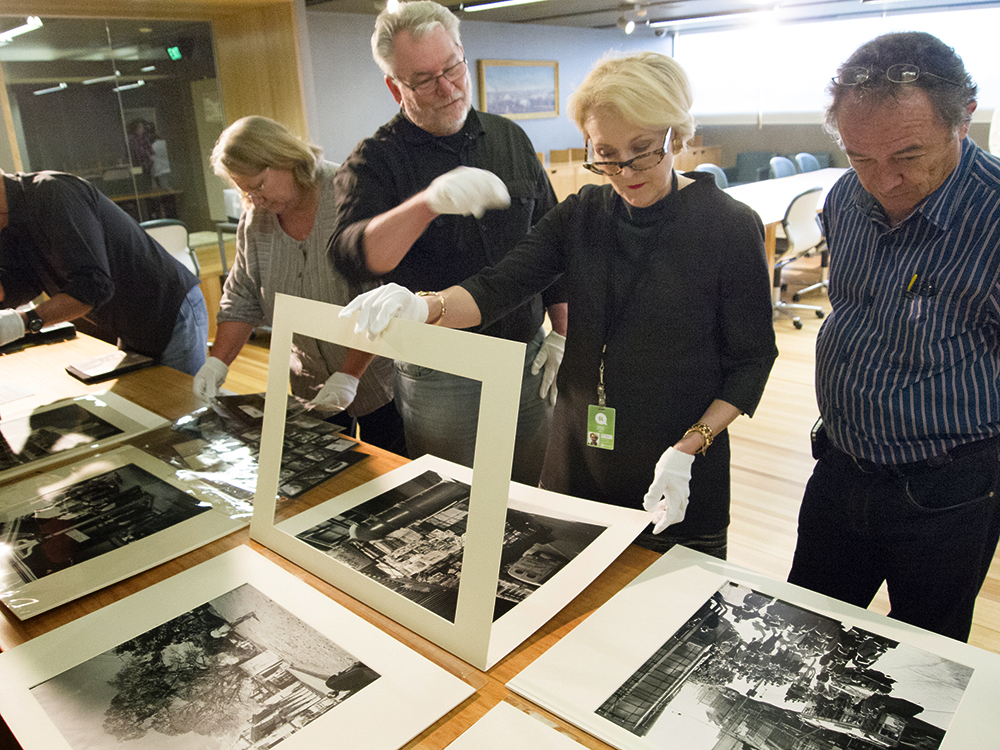
Ian Poole, Diane Byrne and Eric Victor at the State Library of Qld looking at prints by Richard Stringer
John Oxley Library donation
One of many things undertaken by Ian that many may not be aware of is his donation of his professional photography archive to the John Oxley Library at the State Library of Queensland. For quite a few years he has been going into the Library to unpack and catalogue the work so that it can be successfully searched and retrieved into the future. Now much of Brisbane’s cultural history from buildings to fashion, ballet and theatre, portraits of the rich and famous and those curious dated art-directed advertisements of the 1970s and 80s, are there as a document of our times.
I’ve been around professional photography for nearly 50 years and I’ve seen the disappearance of numerous professional photographers and their businesses – but what of their photographs? Lost? – Not Ian’s work, which he has given in an altruistic act for Queenslanders and their history.
In conclusion
I was always fascinated by Ian’s business name – ‘Ian Poole does photography’, we now know he did much more…
At this time I, and many others, will reflect on and remember Ian Poole
– his legacy will continue on in all of us.
Doug Spowart
NOTE: I hope that all this is correct – should their be any errors I am happy to make the corrections
What follows are some published works relating to Ian, some links and some other images…
Ian Poole’s website: https://poolefoto.wordpress.com/
PHOTO.Graphy Journal – Ian Poole Guest Editor
Ian Poole curated show at Qld Centre for Photography
f11 Online magazine: Ian Poole folio
https://wotwedid.com/2012/05/17/ian-poole-aipp-on-the-lounge/
Some images by or about Ian…
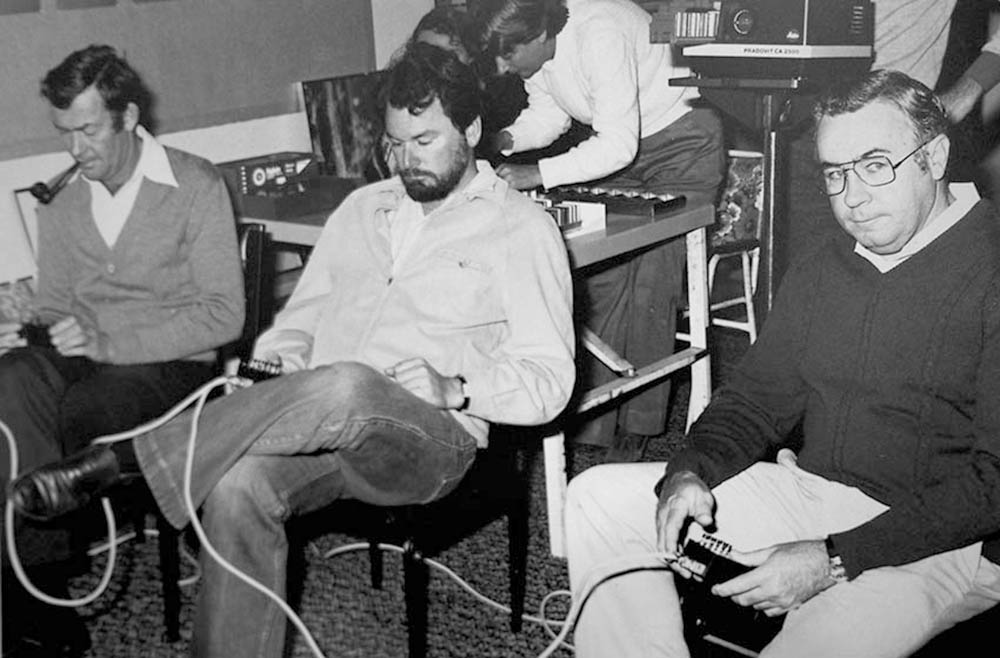
Ian Poole and Kev Hudson judging the 1982 Brisbane National Exhibition of Photography at Imagery Gallery
.
.
Farewell Ian….
.
.
.
.
1993 THE BRISBANE PHOTOGRAPHY SCENE: Ian Poole Guest Editor
From 1990 to 2001 I edited and published a journal called PHOTO.Graphy (ISSN 1038-4332 and earlier called ‘News Sheet’). This journal was created to fill a gap in the discussion, critique and commentary about a segment of the photography discipline within Australia. Occasionally I would engage guest editors to add their voice to the conversation. Ian Poole was the Guest Editor for Volume 4 #5 – Here is my Editorial introducing to Ian’s view of the art photography scene in Queensland in 1993.
Ian’s survey of the Queensland art photography scene makes for interesting reading nearly 25 years on… Mentioned in the survey are; Rod Buchholtz, Andrew Campbell, Ray Cook, Victoria Cooper, Marion Drew, John Elliott, Peter Fischman, Craig Holmes, Andrew Hurst, Chris Houghton, Susan Leway, Kerry James, Gail Newmann, Glen O’Malley, Charles Page, Graeme Parkes, Ray Peek, Howard Plowman, Rhonda Rosenthal, Maris Rusis, Doug Spowart, Ruby Spowart, Richard Stringer, Carl Warner, Jay and Younger. Charles A. von Jobin is also featured in the issue.
.
A PDF of the full issue is available HERE: PHOTO.G-Vol4n5r.
THE EXPO 88 PHOTO SHOW – 25 years on
.
.
EXPO’88 – A conceptual photographer’s document
.
At this time twenty-five years ago, January 1989 – the people of Brisbane were beginning to lament the passing of EXPO’88. While the six-month adventure opportunity to encounter the world and its cultures and cuisine was to form lasting memories for some, others may have recollections of the crush of interstate and overseas visitors, the nightly flamboyant fireworks displays and the inevitable queuing to visit everything from food stalls, to exhibitions and toilets. EXPO’88 is often seen as a watershed in the transformation of Brisbane as a sleepy backwater into a vibrant cosmopolitan city of the world and, most certainly part of the 21st Century.
I had a season pass for EXPO’88 and created a personal body of work as a response to my experience of the event.
.
Here is the back-story behind my 1988 project … The First & Last EXPO PHOTO SHOW
.
.
In the EXPO’88 event I recognised an opportunity for the creation of a new body of work investigating emerging approaches to my work methodology. For varied reasons I had introduced to my practice the creation of alias identities to which my work was attributed. These identities were quite complete in that they had refined working styles, subject matter, presentation forms, a photographic portrait, signatures and artists statements. As a gallery director it was easy to slip the work of these ‘photographers’ into group shows for commentary and critical acclaim. These personae enable me to play a little game on a system that at times, from my perspective at times, was biased, exclusive, nepotistic and overly critical. It also enabled me to explore ideas and concepts relating to my photography and the presentation of photographs.
.
When EXPO offered season passes I attended the passport portrait session with pair of fake glasses and a fictitious name, Eugene Xavier Pelham Owens, the initials and the signature spelled ‘EXPO’. The deception had begun. In time this project grew into an extensive body of work from 5 different personae all representing their manufactured personal responses to the EXPO experience. The exhibition was opened on April 1st 1989 (April Fools Day), it was reviewed positively in the Courier Mail and sales of work resulted from people who found the photographs reconnecting them with their experience of the event. The deception went undetected and after the exhibition the body of work passed into obscurity, as do so many exhibitions of photographs, and was slipped into archive storage boxes in my studio.
Whilst, at the time of the fieldwork on this project I called myself a ‘conceptual photographer’ as I felt that my work was driven by the overarching idea of personal experience documents rather than the photodocumentary reportage principles of truth and reality. I was aware of the term ‘conceptual artist’ and recognized that it had all kinds of baggage attached to it based on art theory and movements, however my work as a photographer at this time has simpatico with Sol Lewitt’s 1967 manifesto on conceptual art. He states:
In conceptual art the idea or concept is the most important aspect of the work. When an artist uses a conceptual form of art, it means that all of the planning and decisions are made beforehand and the execution is a perfunctory affair. The idea becomes a machine that makes the art. (Lewitt 1967)
Recently Melissa Miles has discussed the term ‘Conceptual Documentary’ in her 2010 paper The Drive to Archive: Conceptual Documentary Photobook Design. The discusses in reviewing the photobooks of Stephen Gill, Mathieu Pernot and Matthew Sleeth. She asserts that this mode of photography is based on a theory that photographers want to collect and respond to a kind of ‘archive impulse’, making and arranging image sequences of daily life into photobooks. What appeals to me is that, as a Conceptual Documentary photographer I, as Miles defines, ‘seek[s] out and frame[s] their subjects according to a pre-determined idea or scheme. Processes of repetition and categorization are central to Conceptual Documentary’ (Miles 2010:50). For me, what I was engaged in was to make a commentary from a personal viewpoint and to create a contemporary record for public presentation and, ultimately archiving. While Miles’ contemporary Conceptual Documentary practitioner including the likes of Martin Parr freely publish their photobooks in the 1980s trade published productions were beyond the reach of most photographers including myself.
What I find interesting now is that the 1980s was a particularly productive period for me as I created a trilogy of exhibitions: Tourists Facts, Acts, Rituals and Relics, Icons & Revered Australiana and The First & Last Photo Expo Show. These were essentially social documentary projects based on a personal directorial premise. I found that the limited opportunities for presentation of the framed exhibition format of these shows led me to initial experiments with boxed sets of images and ultimately to self-published photobooks, the first of which was completed in 1992.
These days I’m not so concerned about any tag as my work is often so interdiciplinarian it is hard to define. What for me is interesting is that at the time I made work that may now be able to be defined and categorized using contemporary terms and definitions. What is also important now is that the EXPO’88 photographs, some 5,000 of them, exist as an archive not necessarily as a document of the place but rather as a personal, conceptual documentary photographer’s response to the EXPO’88 experience.
Doug Spowart December 26, 2013
.
Lewitt, S. (1967). Paragraphs on Conceptual Art. Artforum 5: 8.
Miles, M. (2010) “The Drive to Archive: Conceptual Documentary Photobook Design.” Photographies 3, 49-68.
.
HERE IS A SELECTION OF WORKS FROM MY EXPO’88 PSEUDONYMS
.
.
A PDF PRESENTATION CONTAINING MORE IMAGES IS AVAILABLE HERE: EXPO-SPOWART-v3
.
.
.
Images and text © Doug Spowart Design of the Poster: Trish Briscoe
From the Doug Spowart Personal Art Archive 1953-2014
..
.
This work is licensed under a Creative Commons Attribution-NonCommercial-NoDerivs 3.0 Unported License.
.
Queensland Centre for Photography Continued Arts Qld Funding: A letter to the Minister
SEE UPDATE ON FUNDING: https://wotwedid.wordpress.com/2013/11/11/qcp-funding-cut-statement-from-the-qcp-board/
Beyond everything else in contemporary life we all need creative stimulation and engagement with things bigger than ourselves – Photography does that better than just about anything else, and the QCP is the most important centre of photographic thought and activity in Queensland, and perhaps even Australia. We need this organisation to be supported by private and public institutions to match the acclaim and recognition that it has rightfully earned through darn hard work and its dedication to artists and those who appreciate the beauty, and the expression, that can be found and shared through the photograph.
The QCP funding provided by the Queensland Government through Arts Queensland is about to be reviewed. Over the last few months the QCP and its supporters have been gathering evidence of their activities and the important and necessary service that they provide to photographers and the photographically interested public in Queensland. Despite the support that the QCP gains from private donors, the income derived from exhibitions and publications and other activities, as well as substantial in-kind volunteer support, the additional funding provided by AQ enables so much more to be achieved.
QCP Director Maurice Ortega contacted me in July to provide a personal support letter to the minister – the text of which is listed below. Recently I have received a response from the minister, which I have attached for your information.
You can support the QCP by adding your name to the online petition that is listed below – but be quick, as the numbers need to be tallied soon.
.
.
A LETTER TO THE MINISTER SUPPORTING THE QCP
.
August 6, 2013
.
The Honourable Ian Walker
Minister for Science, Information Technology, Innovation and the Arts
Level 5, Executive Building
100 George Street
BRISBANE QLD 4000
.
Subject: A letter of support for the Queensland Centre for Photography
.
Dear Minister,
In 1980 I co-founded with my mother Ruby a facility in Brisbane to provide a focus for the people of Queensland who were interested in all facets of photography. This included: exhibitions, their display and curatorship; a training and workshop facility; and a meeting place. The gallery was called Imagery and operated essentially as an artists-run initiative until 1995. The activities of Imagery Gallery were considered so significant that its complete archive was accepted by the State Library of Queensland, and as such, has become part of the history of this state.
In 2004, a proactive group of academics and practitioners, recognising the absence of a dedicated facility like Imagery for the support and development of photography in Queensland, founded the Queensland Centre for Photography (QCP). Over the nine years of operation, the managing team headed by Director Maurice Ortega and Deputy-Director Camilla Birkeland, have developed the QCP into an internationally recognized centre for the art of photography.
The costs associated with the QCP operation not only comes from government grant funding but also through the valuable support of corporate sponsors and the work of an energetic committee of volunteers and interns.
QCP initiatives include the following key programs:
- The exhibition program
- The educational program
- The publication program
- The international program
- The QCP collection
- The biennial Queensland Festival of Photography.
With the biennial Queensland Festival of Photography (QFP) the QCP gathered together a statewide coverage of exhibition venues and the QFP travelling series of lectures and forums placed the organisation’s commitment firmly within the regional space of Queensland. Further to this they have taken Queensland photographers and their works to international venues and gained significant recognition for Queensland themes and stories.
I am a regional artist, a TAFE teacher of photography, a critic and commentator on art and photography, and a member of many photography organizations including the Australian Institute of Professional Photography with service as chair of national subcommittees. It is my opinion that the QCP’s contribution to the practice and art of photography is significant and vital to the fabric of cultural activity and its growth in Queensland.
Photography today is ubiquitous; it permeates every aspect of society, every age group and interest. People employ photography in science, in information and communication technology. Most importantly photography is universally the medium of story telling and the QCP’s activities across the state provide support for Queenslanders to create and present these communiqués to national and international audiences.
The Queensland Centre for Photography has made a proven contribution to the state of Queensland in supporting and fostering the important practice and art that is photography and its contribution to cultural development. I therefore ask that you positively consider the ongoing support funding to enable this important Queensland initiative to continue doing its work for Queenslanders into the future.
Yours faithfully
.
Dr Doug Spowart M.Photog, FAIPP, HonFAIPP
.
.
.



